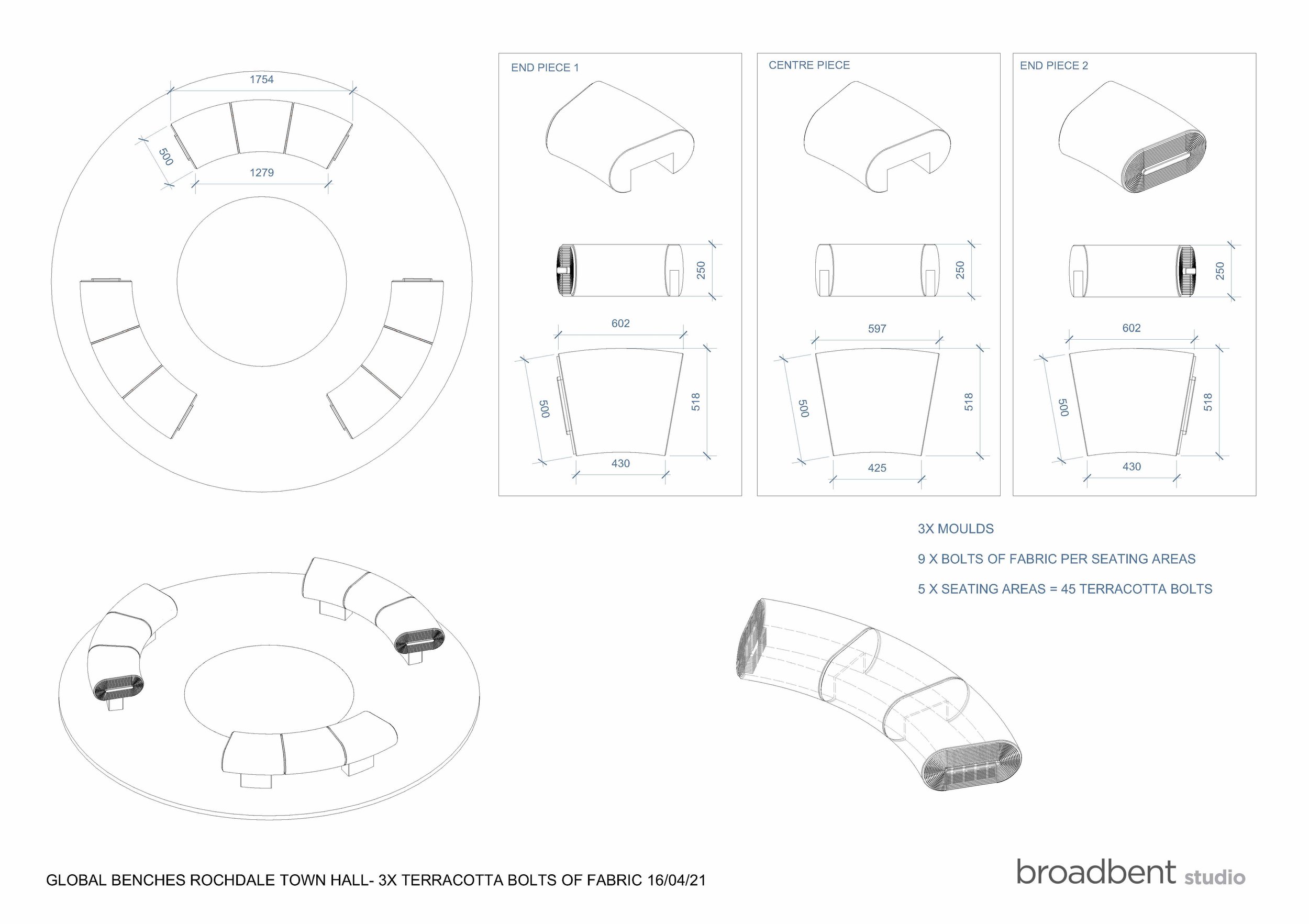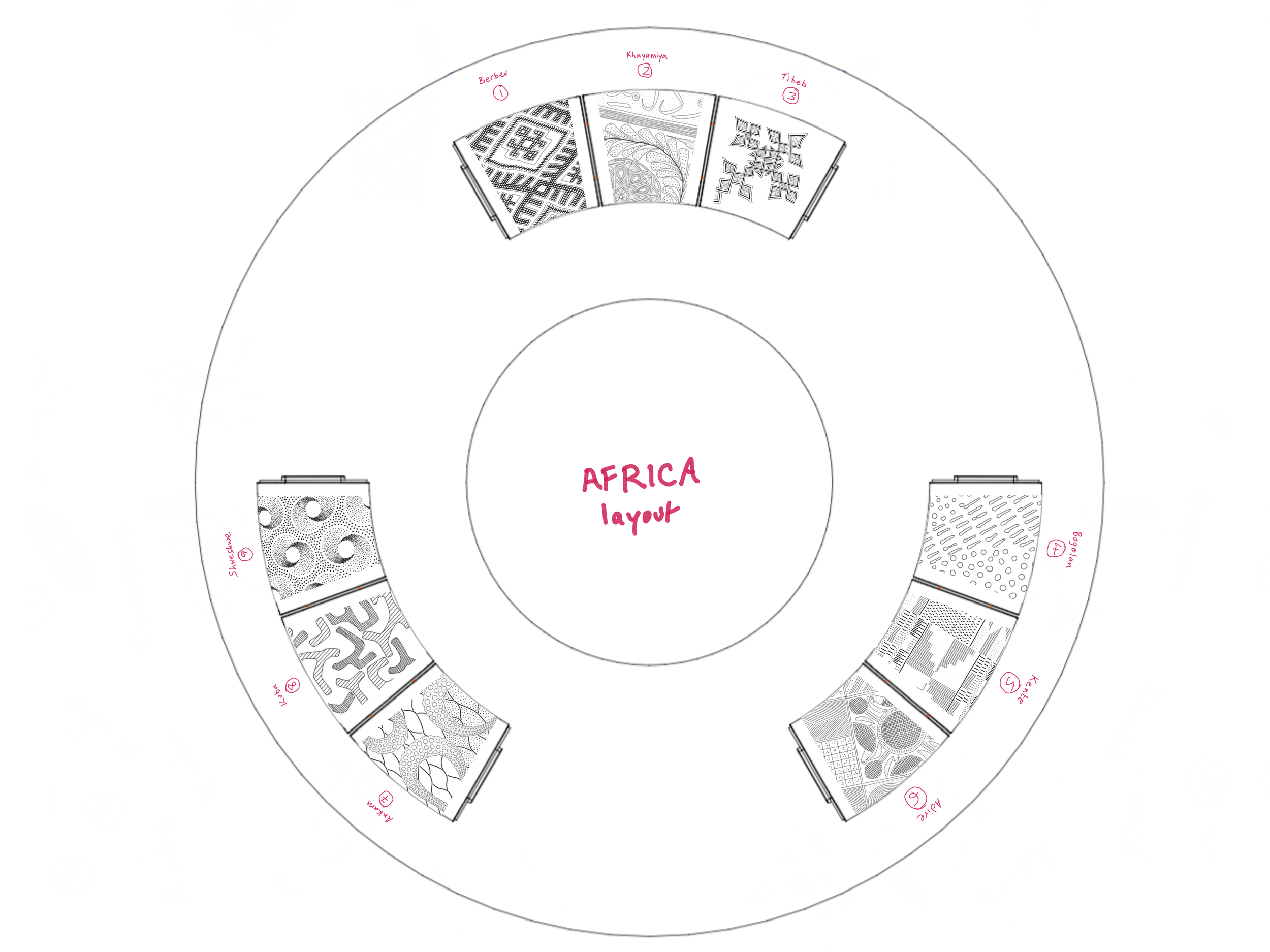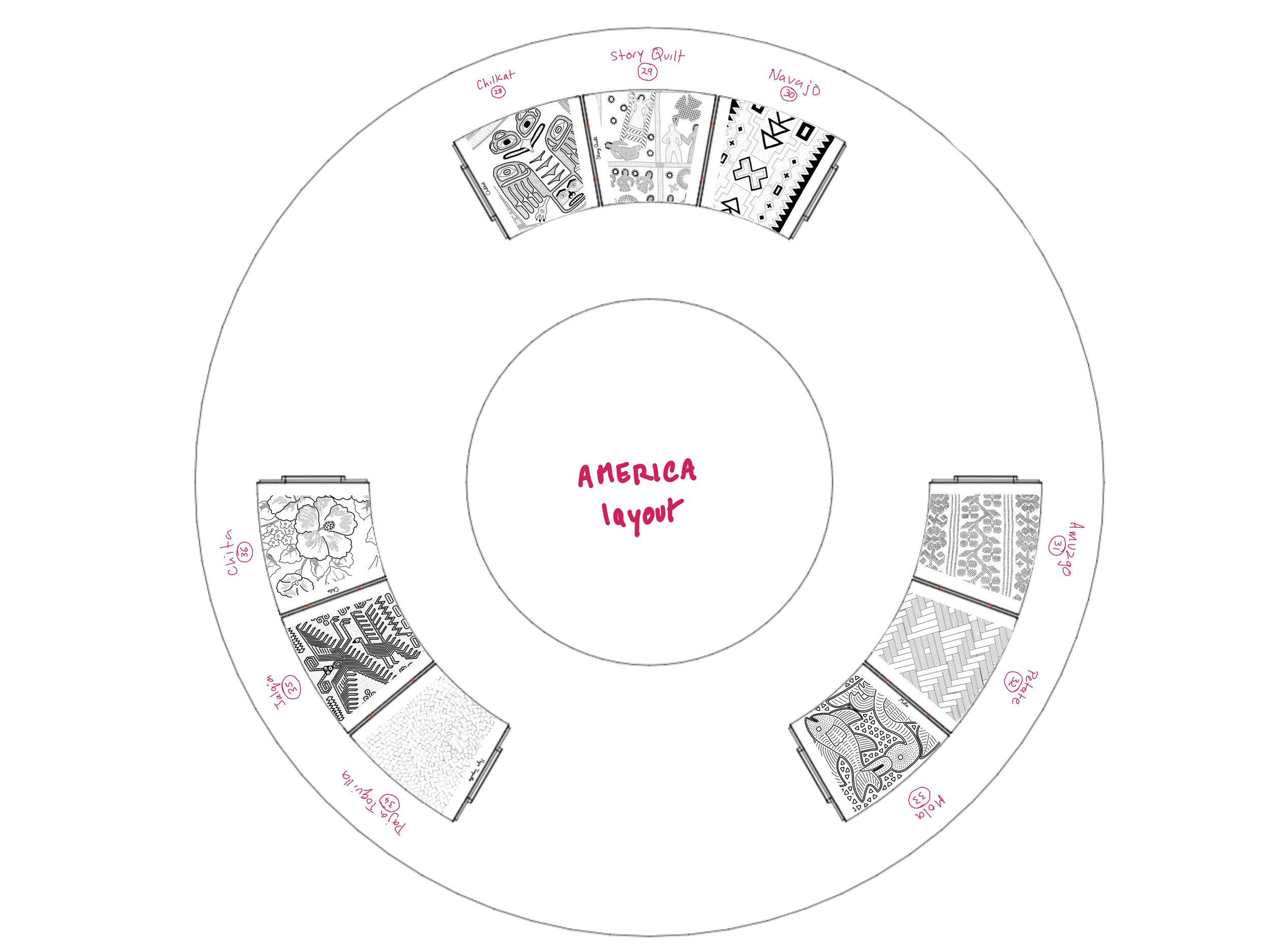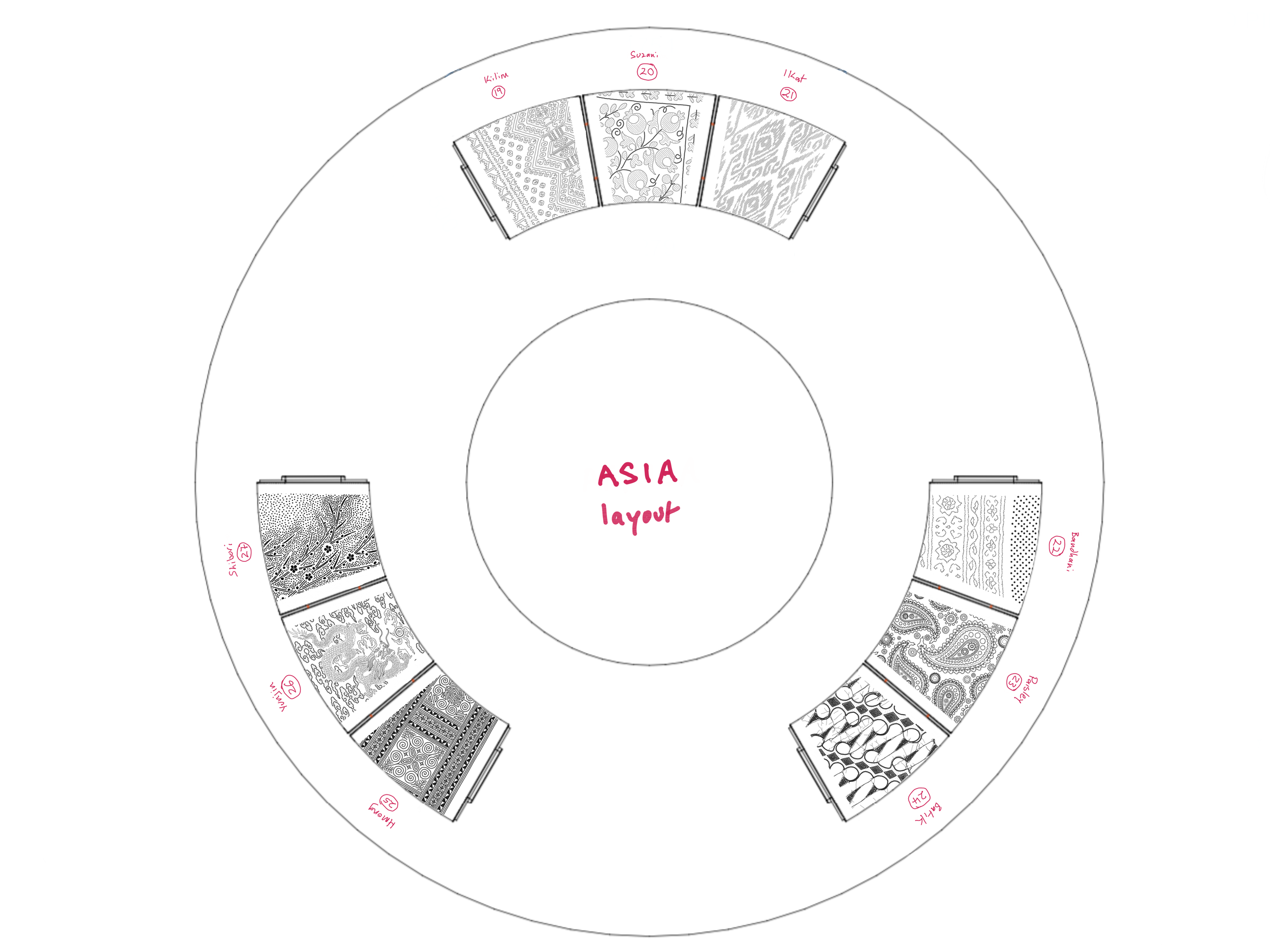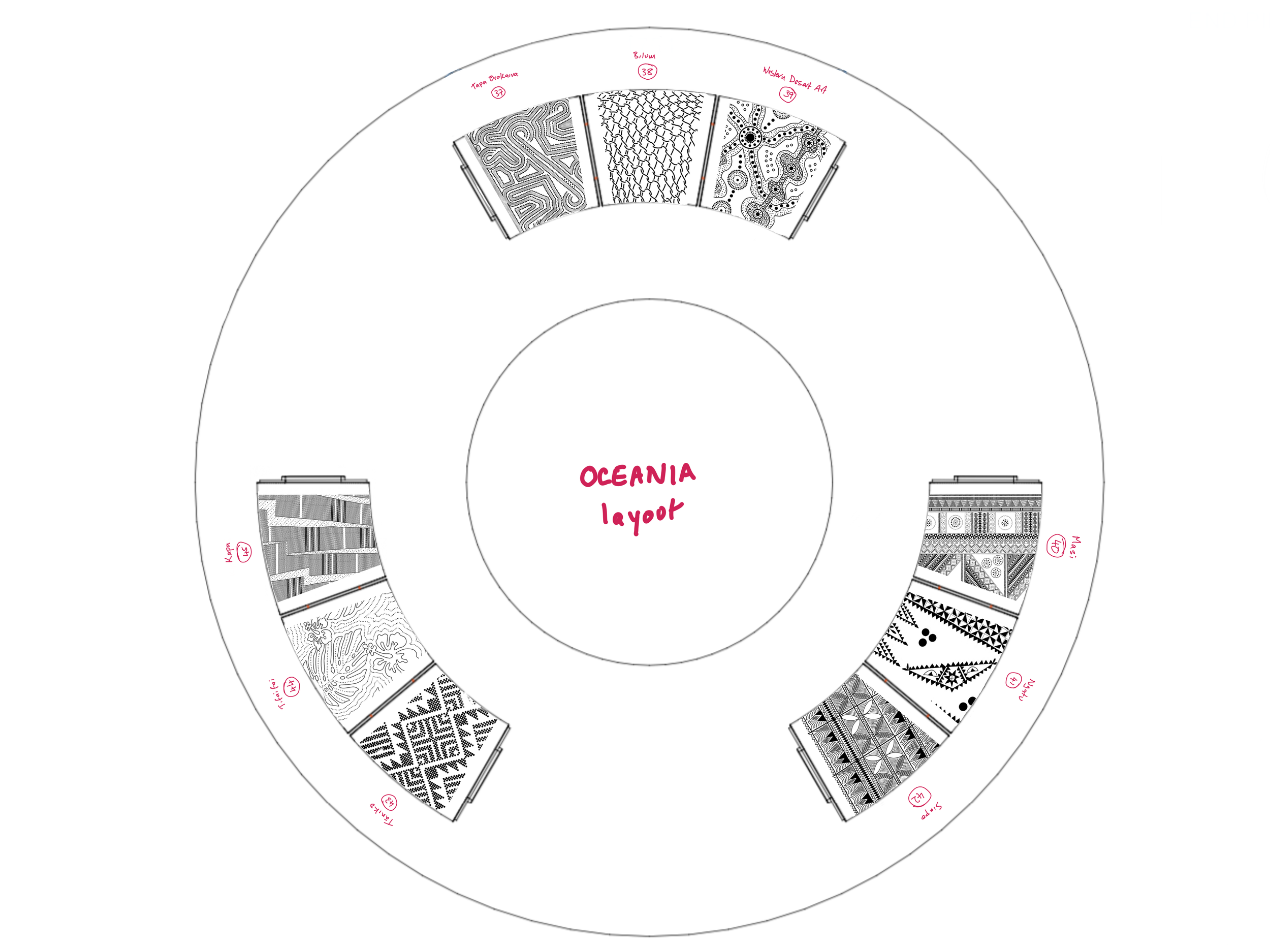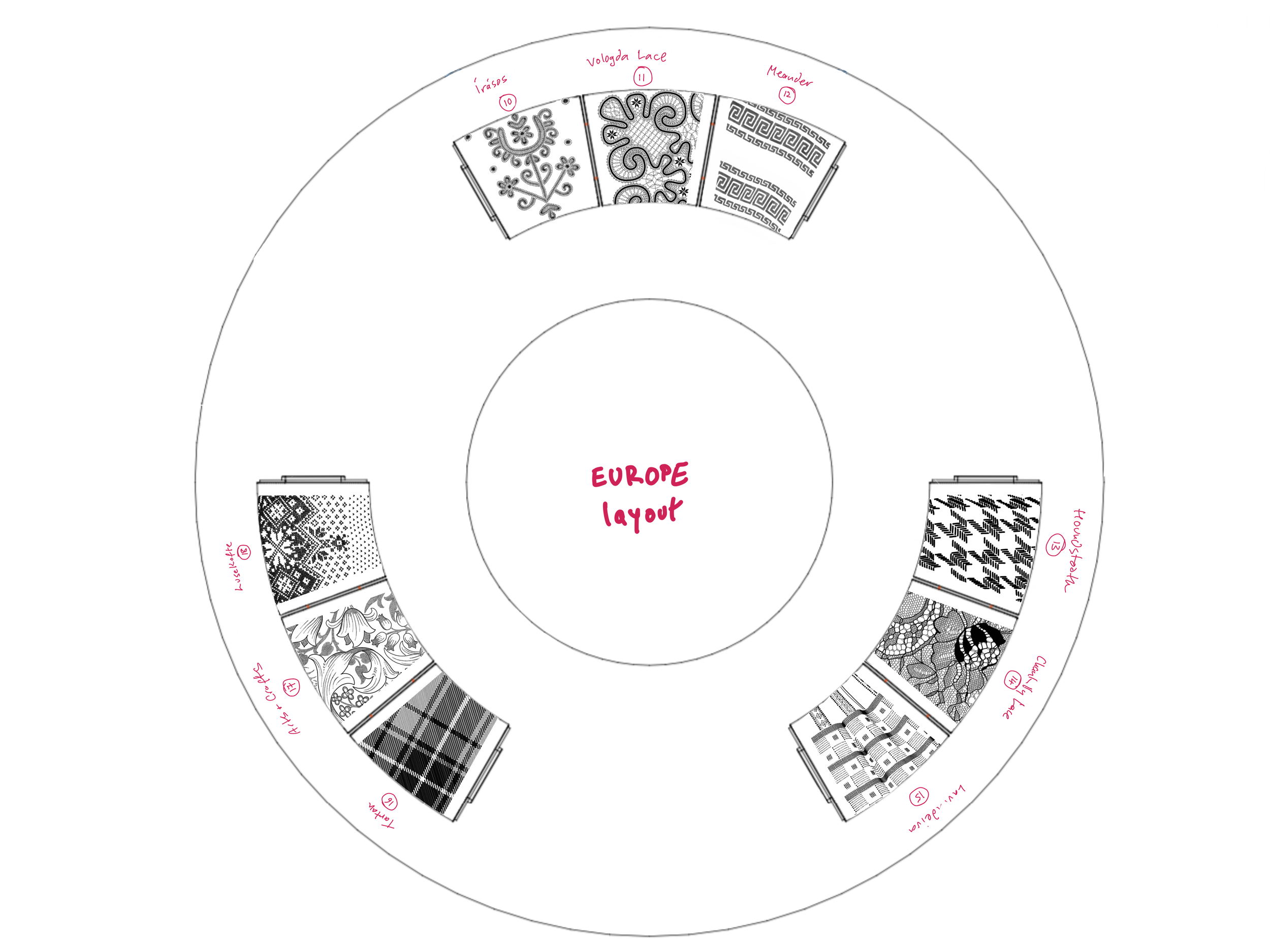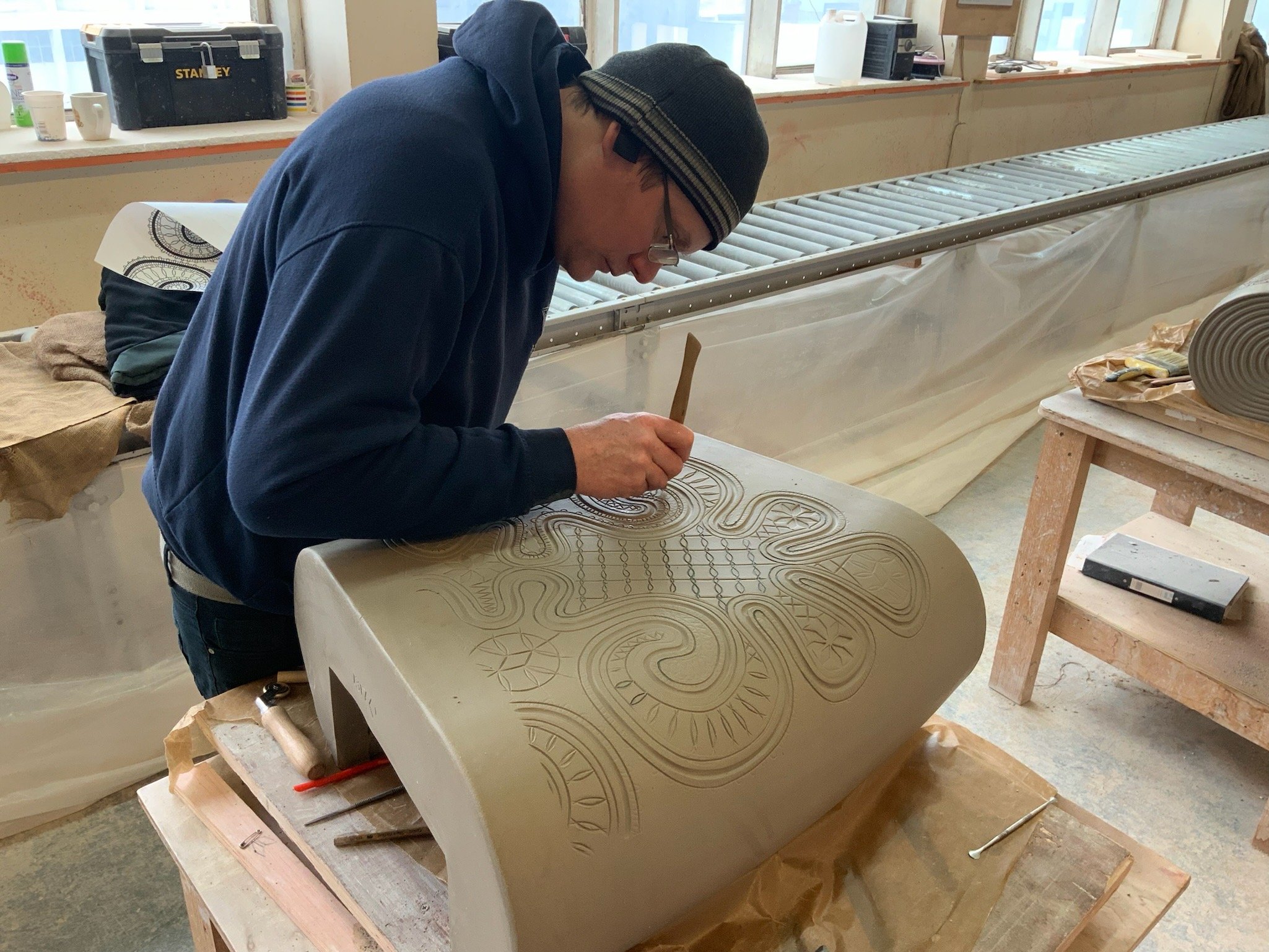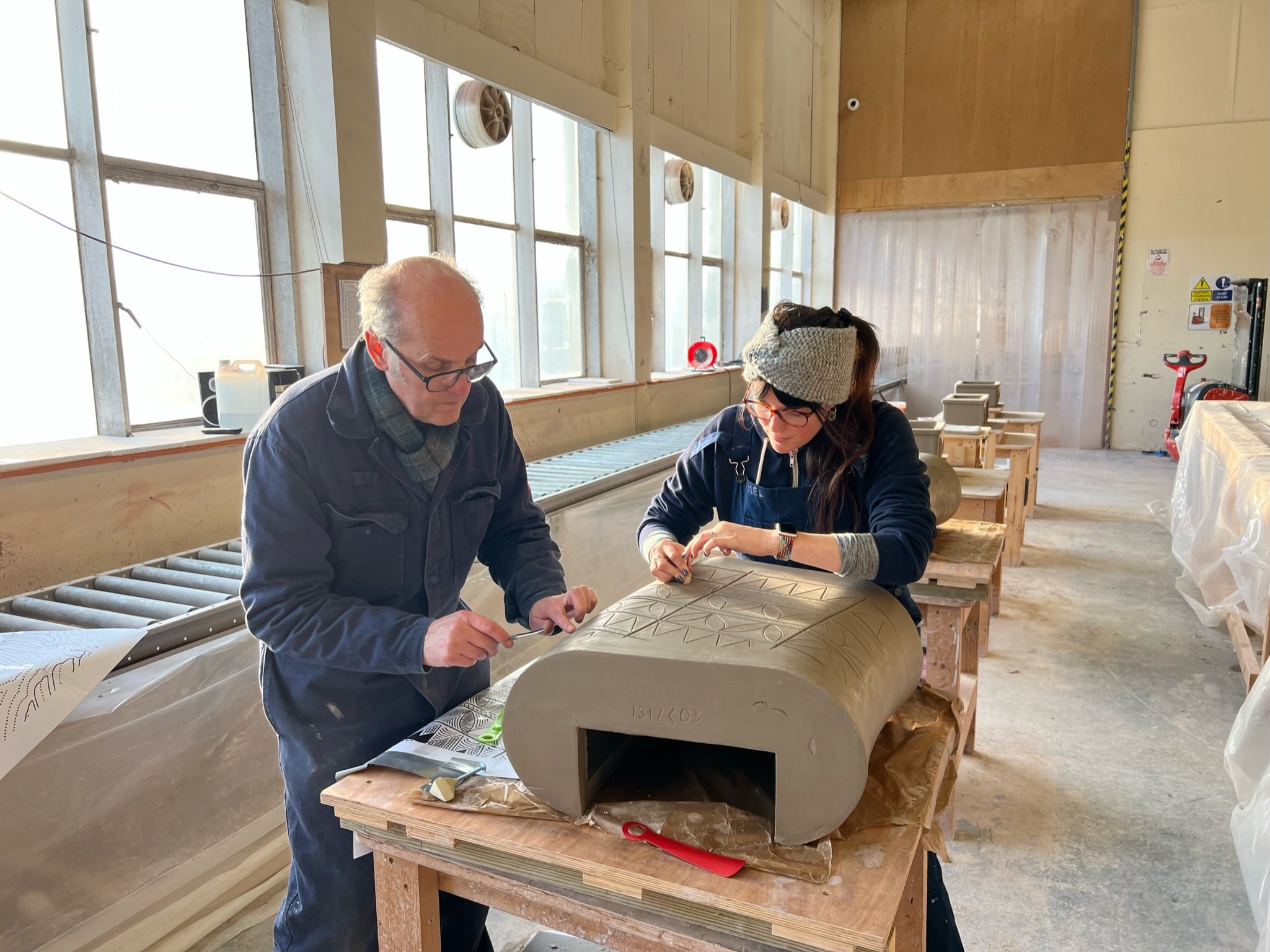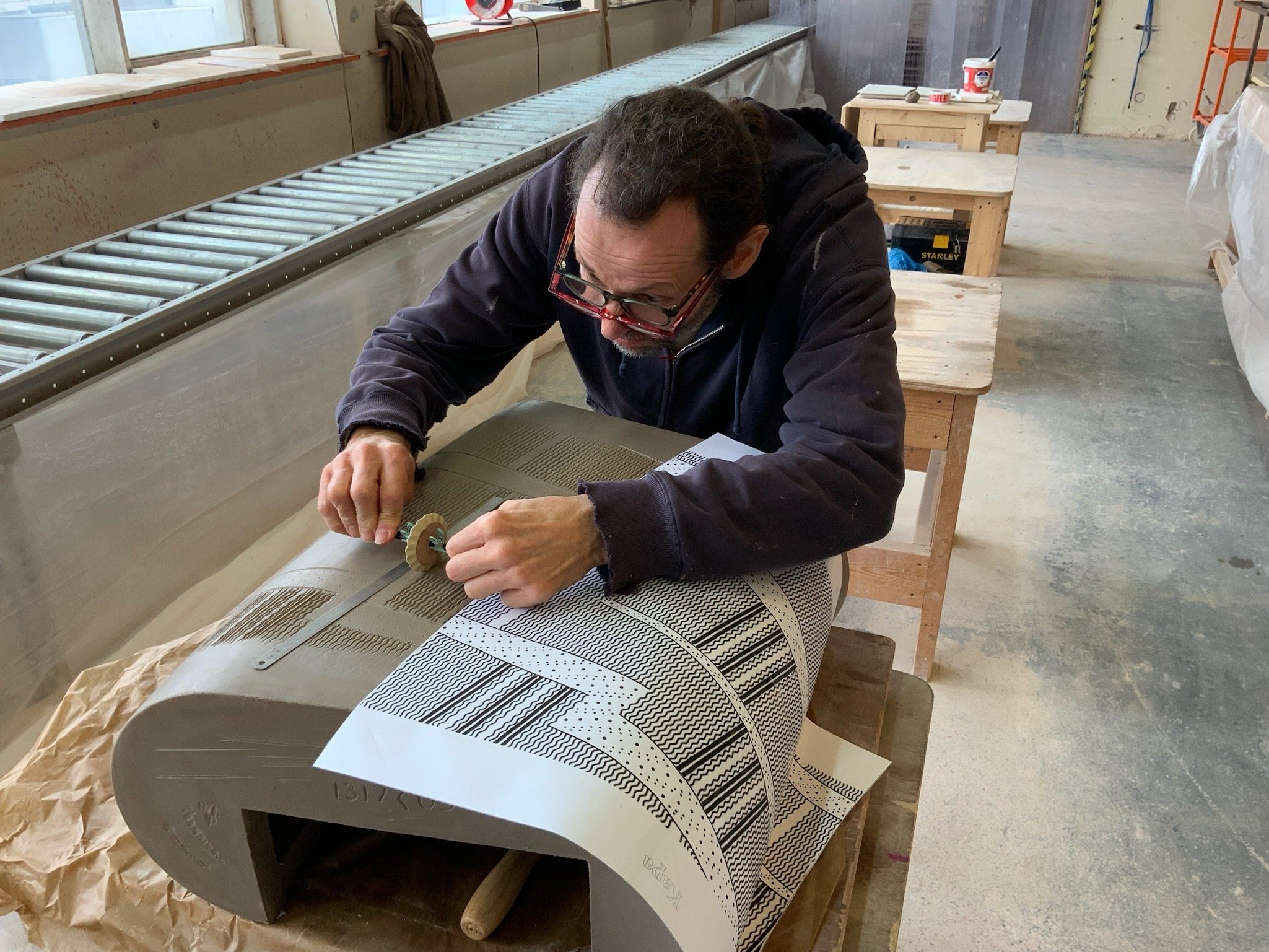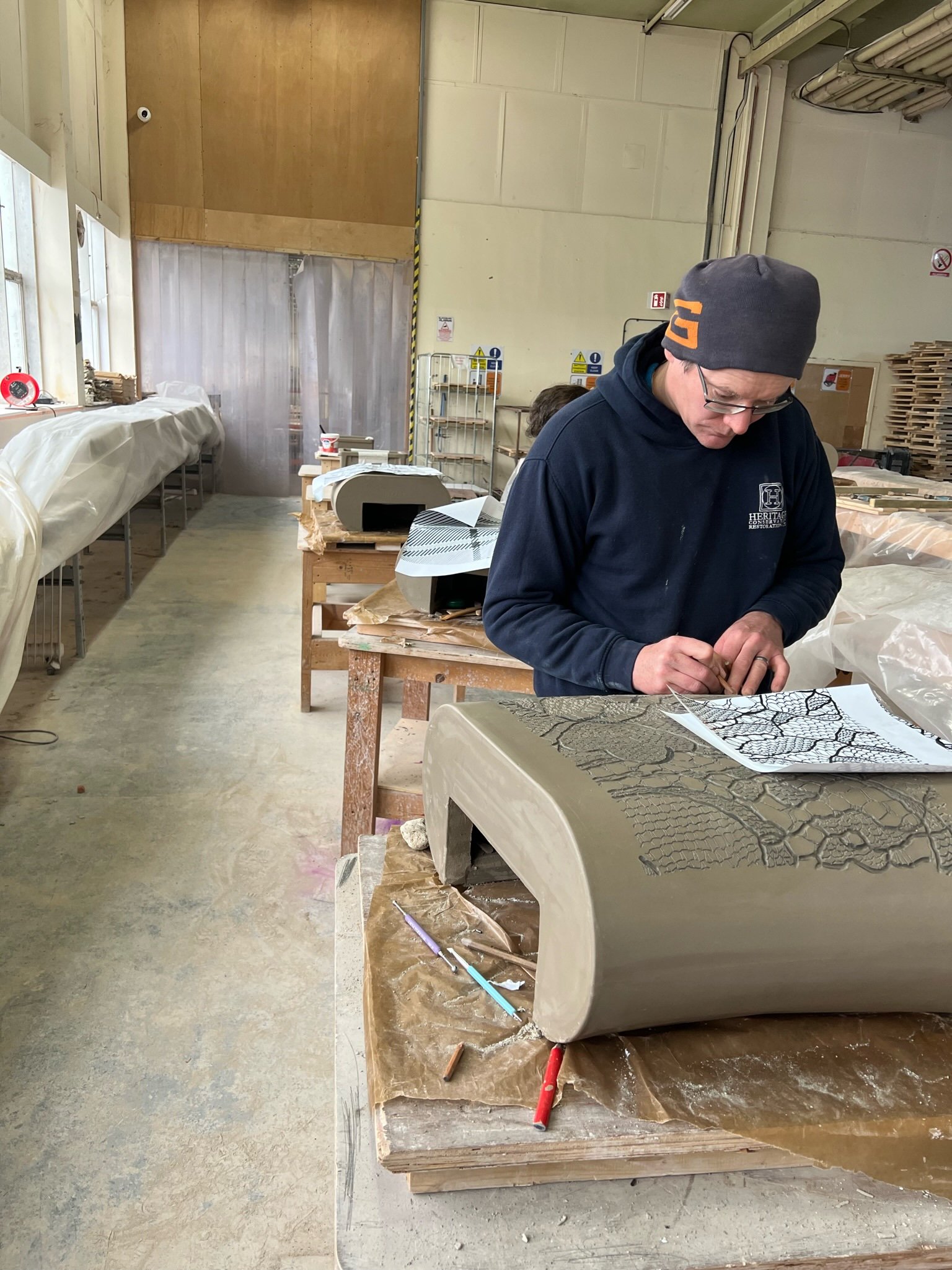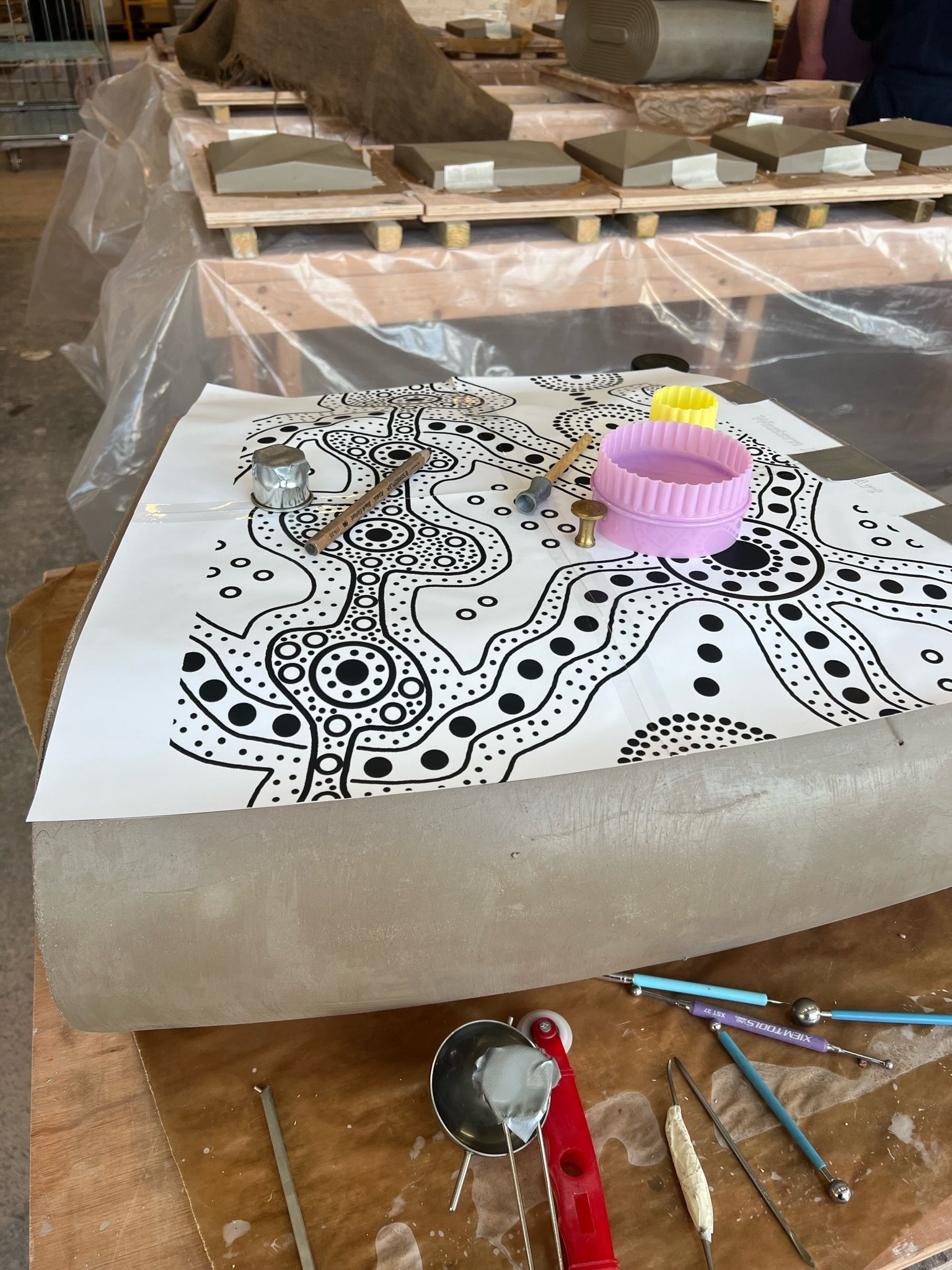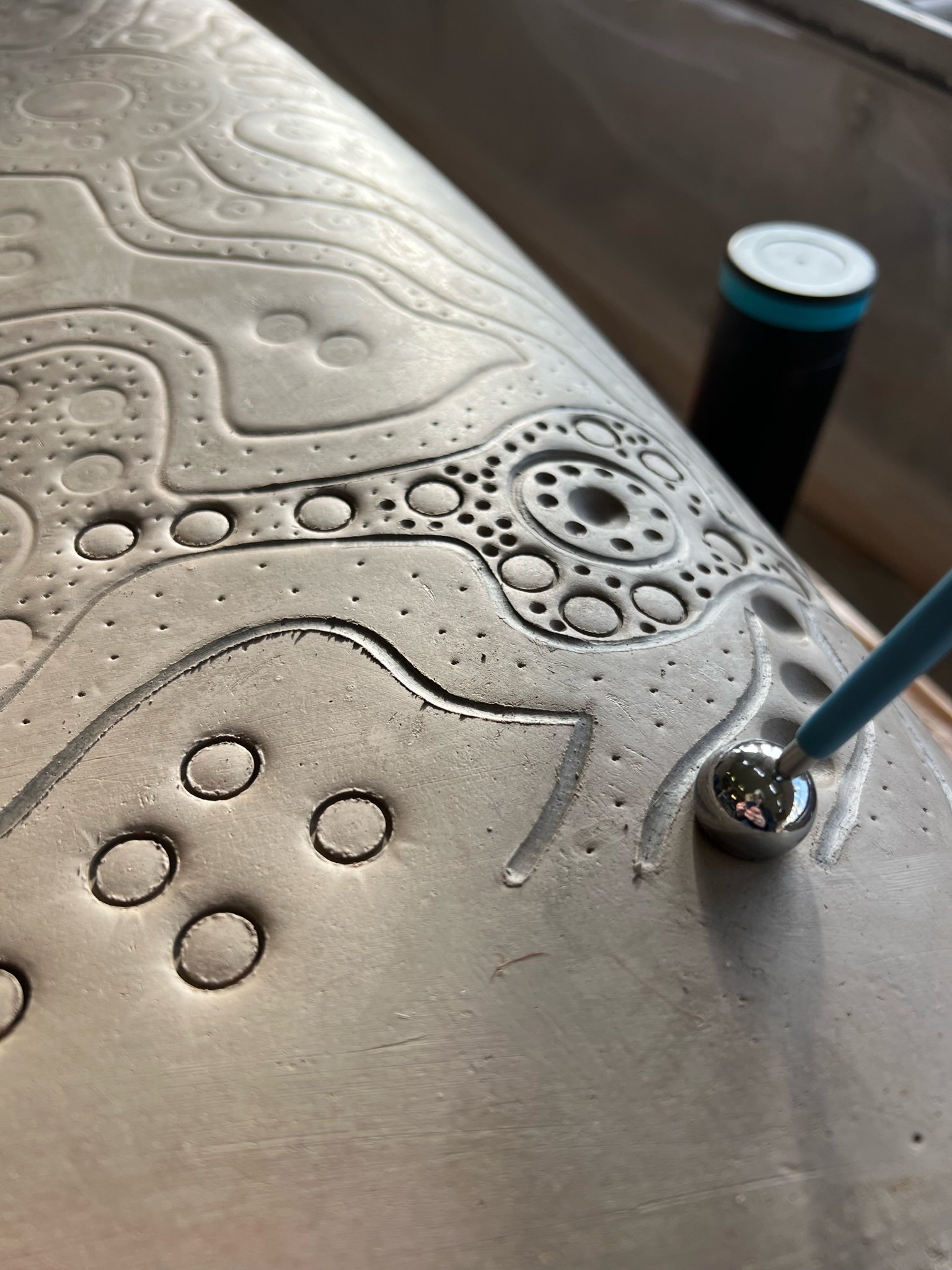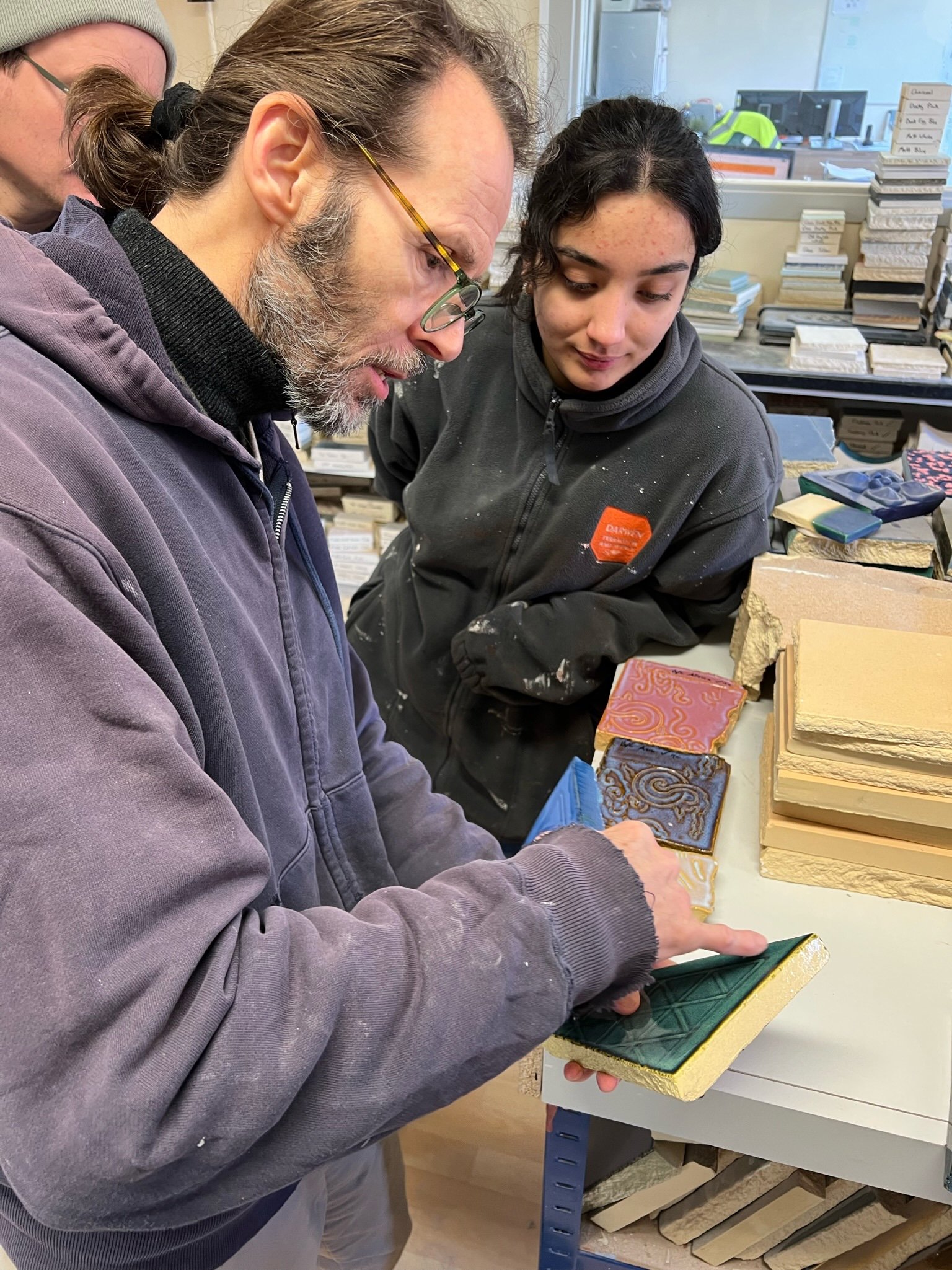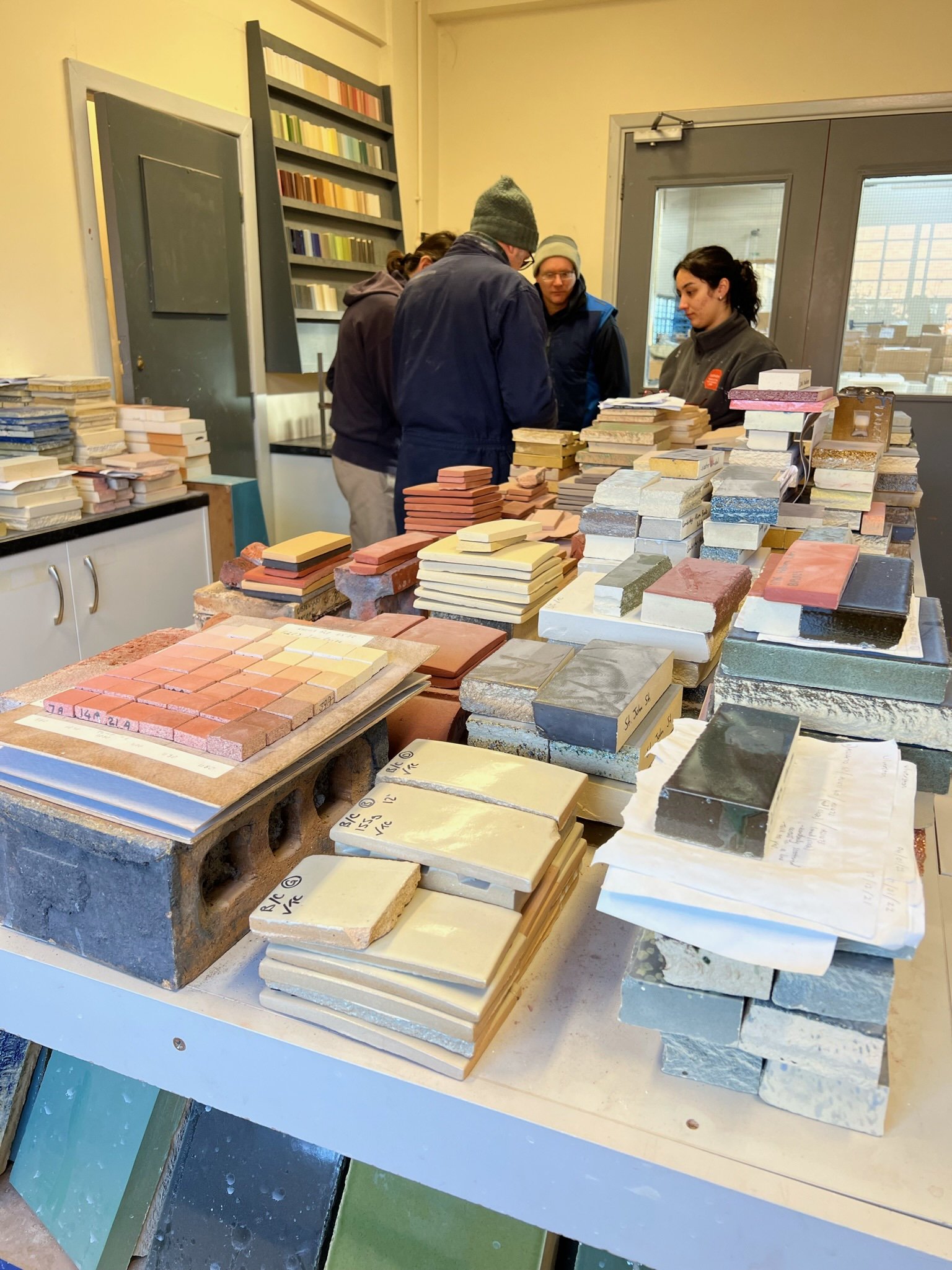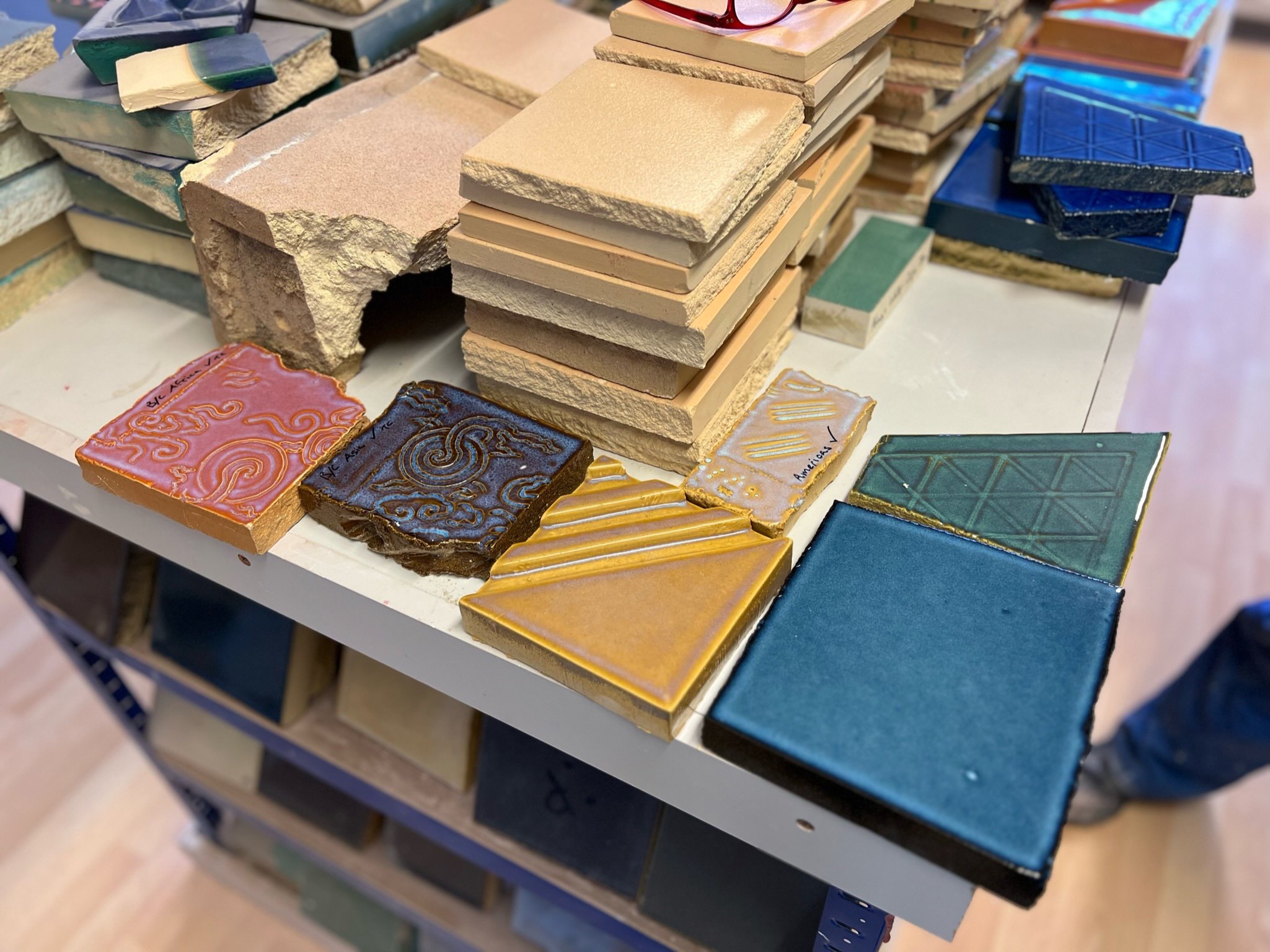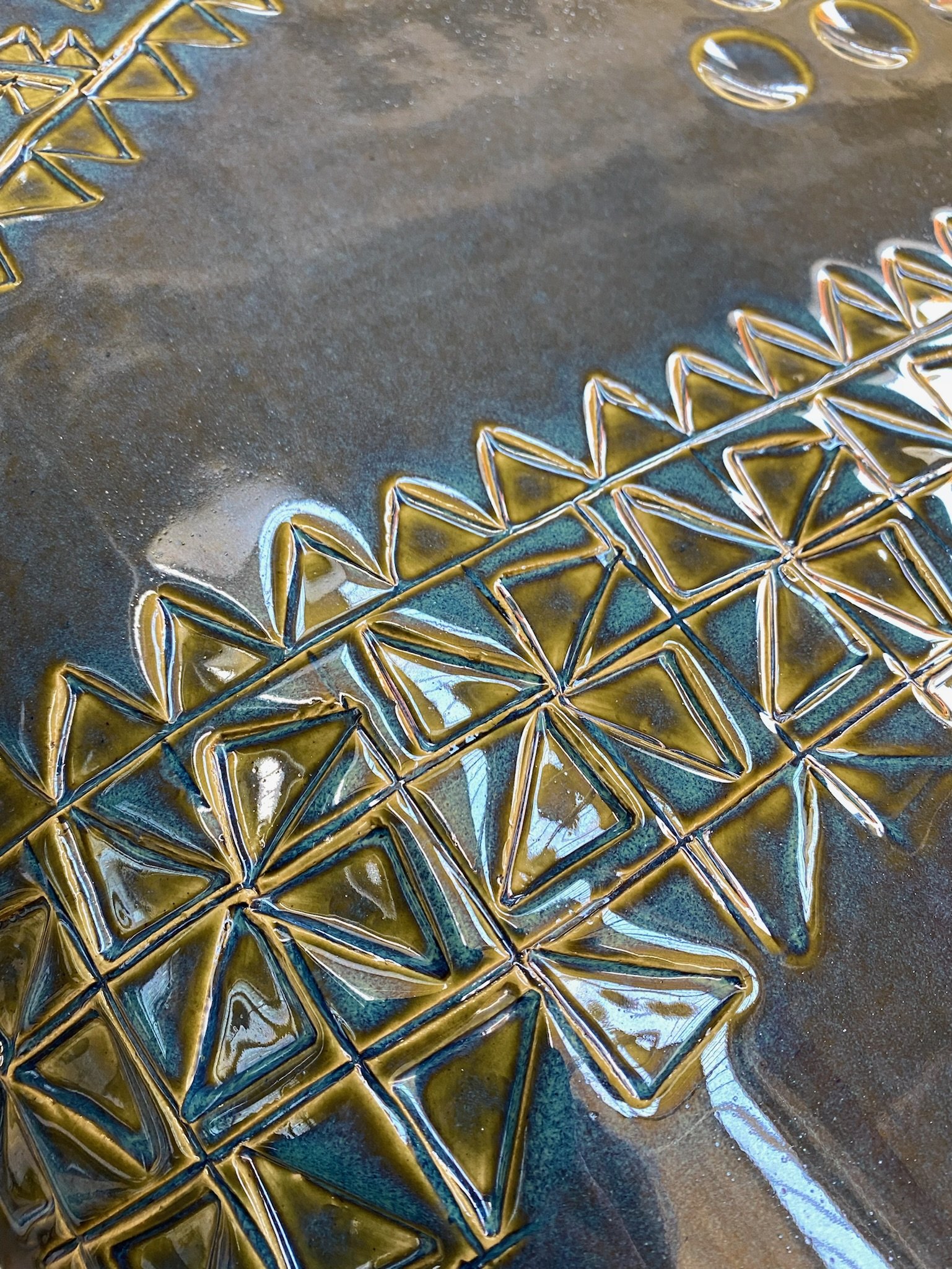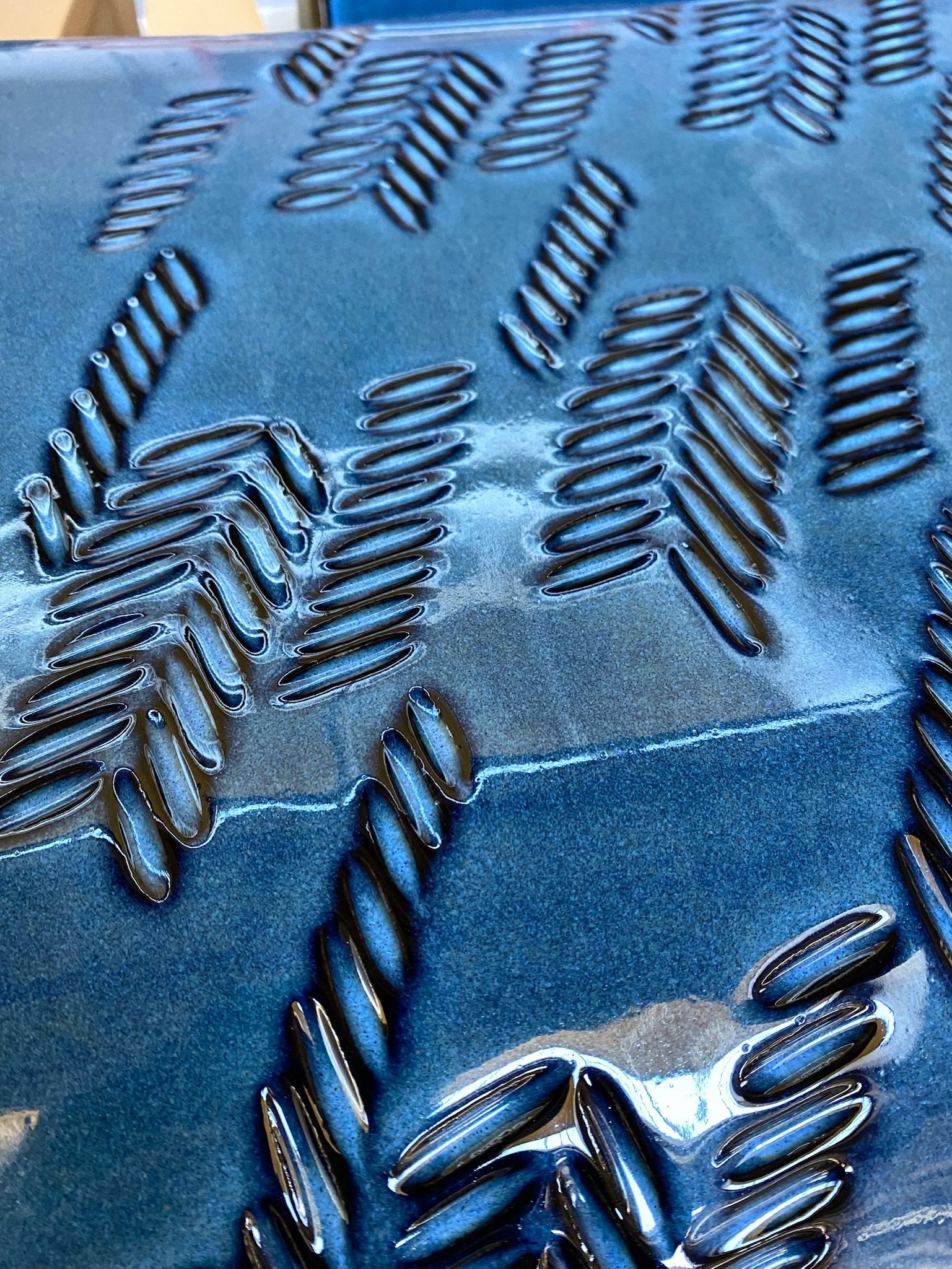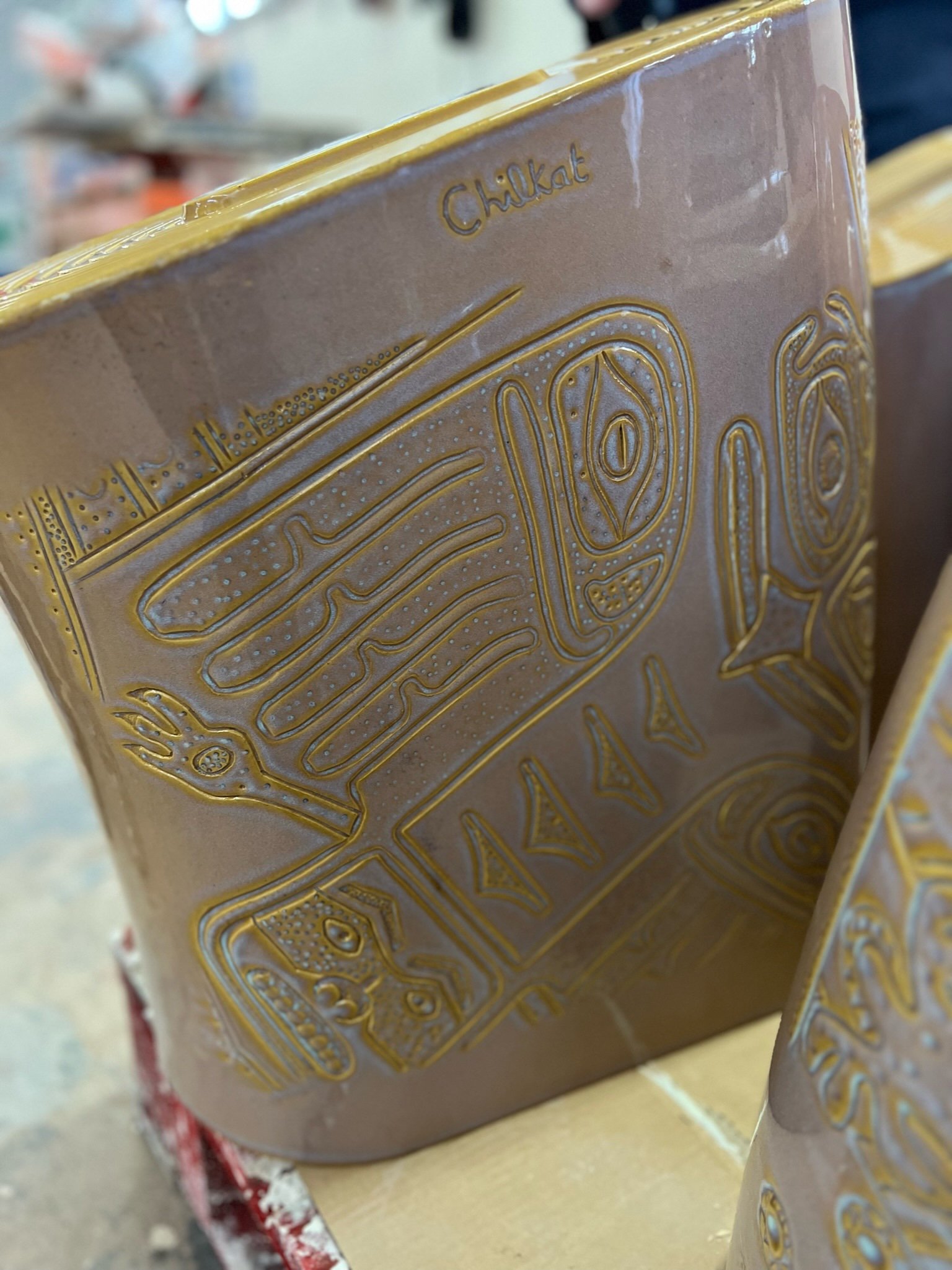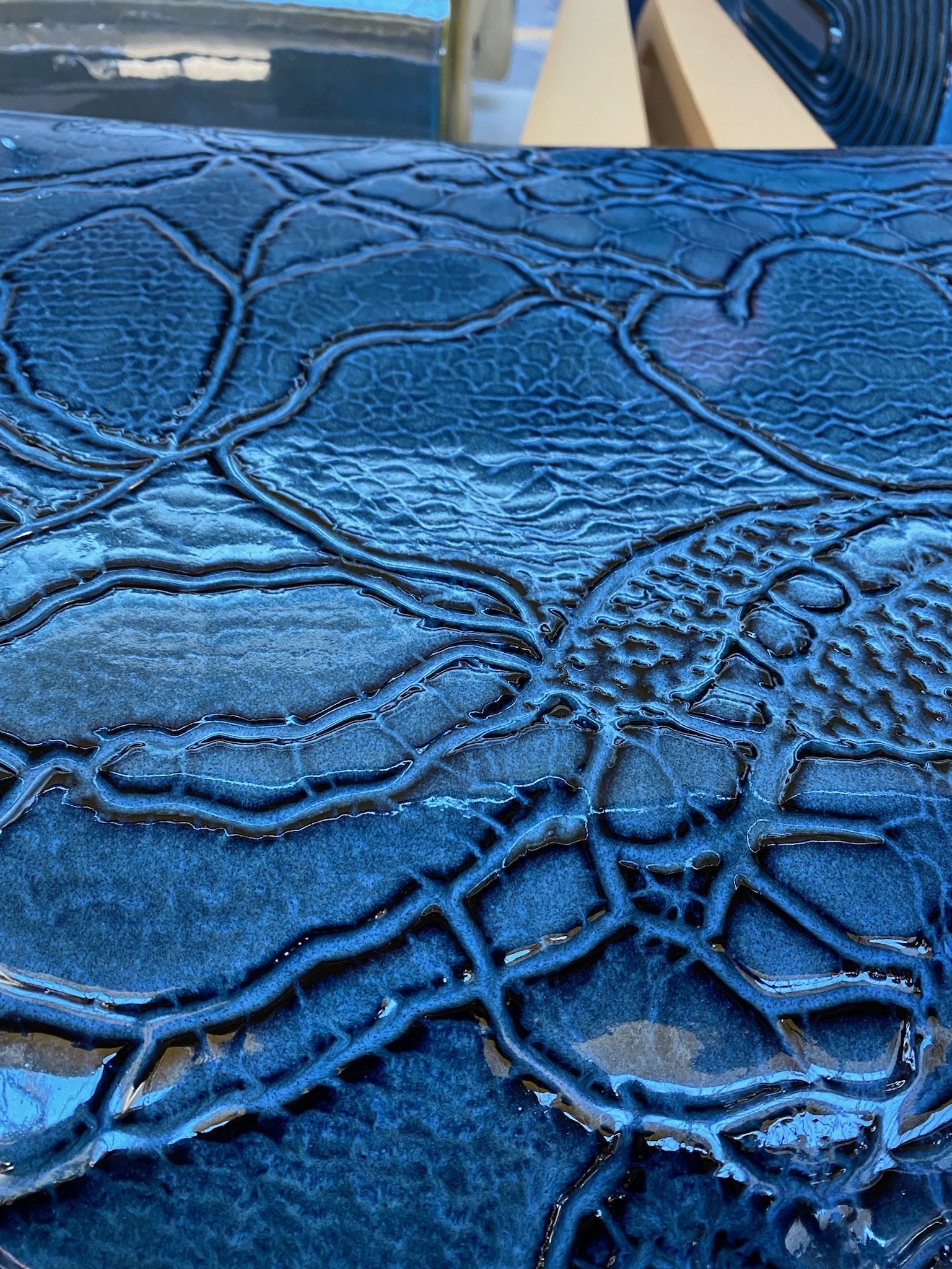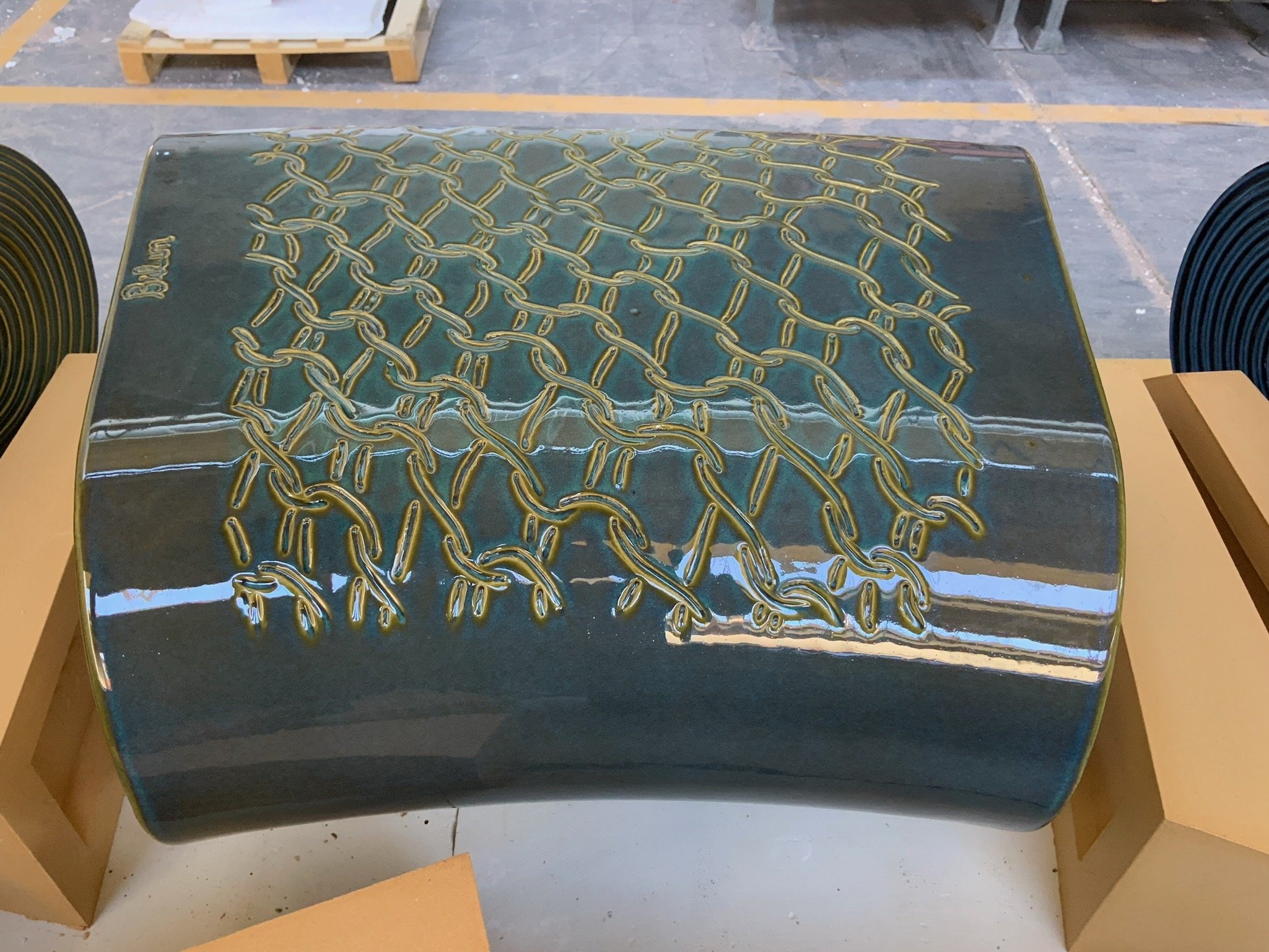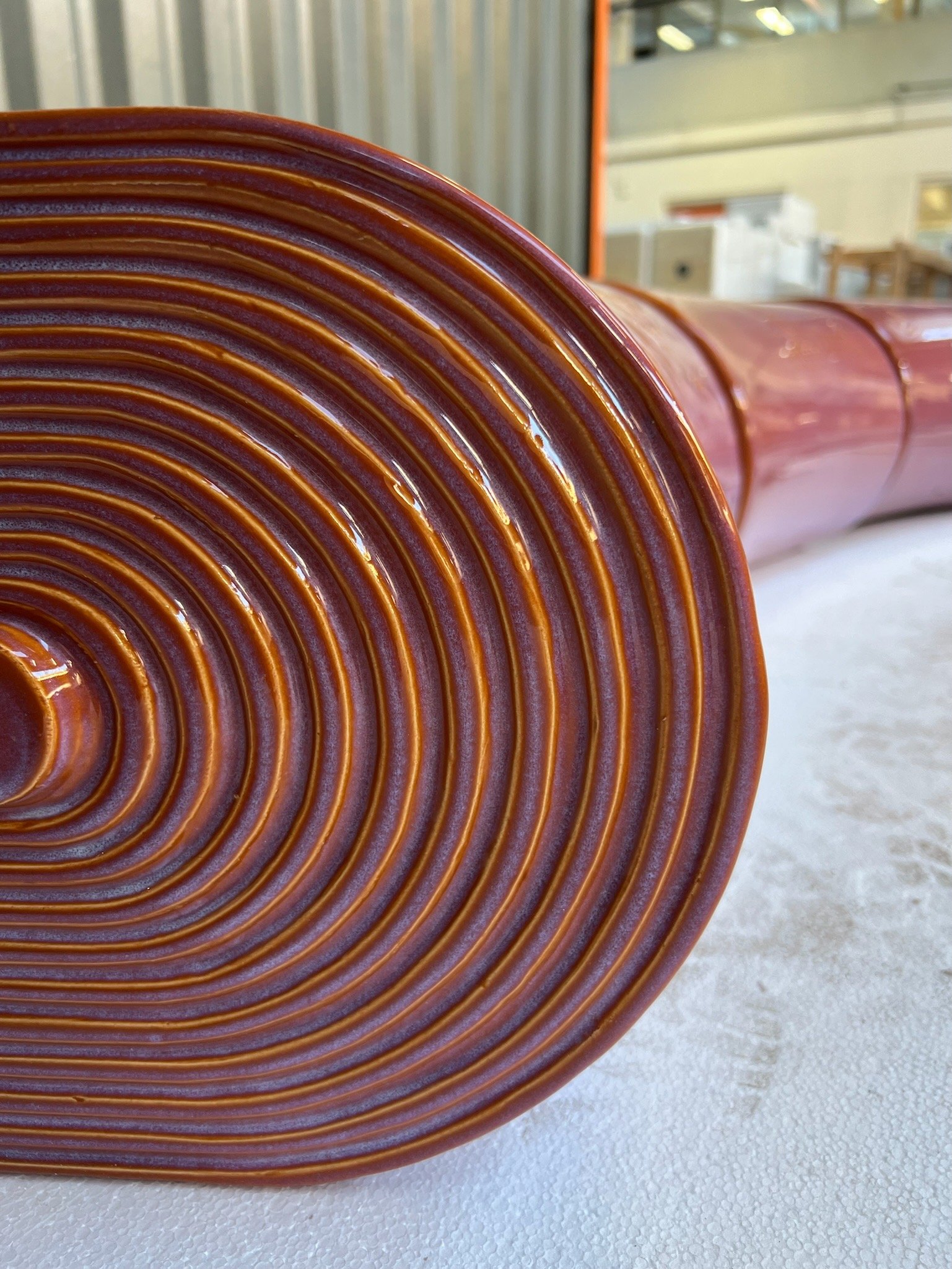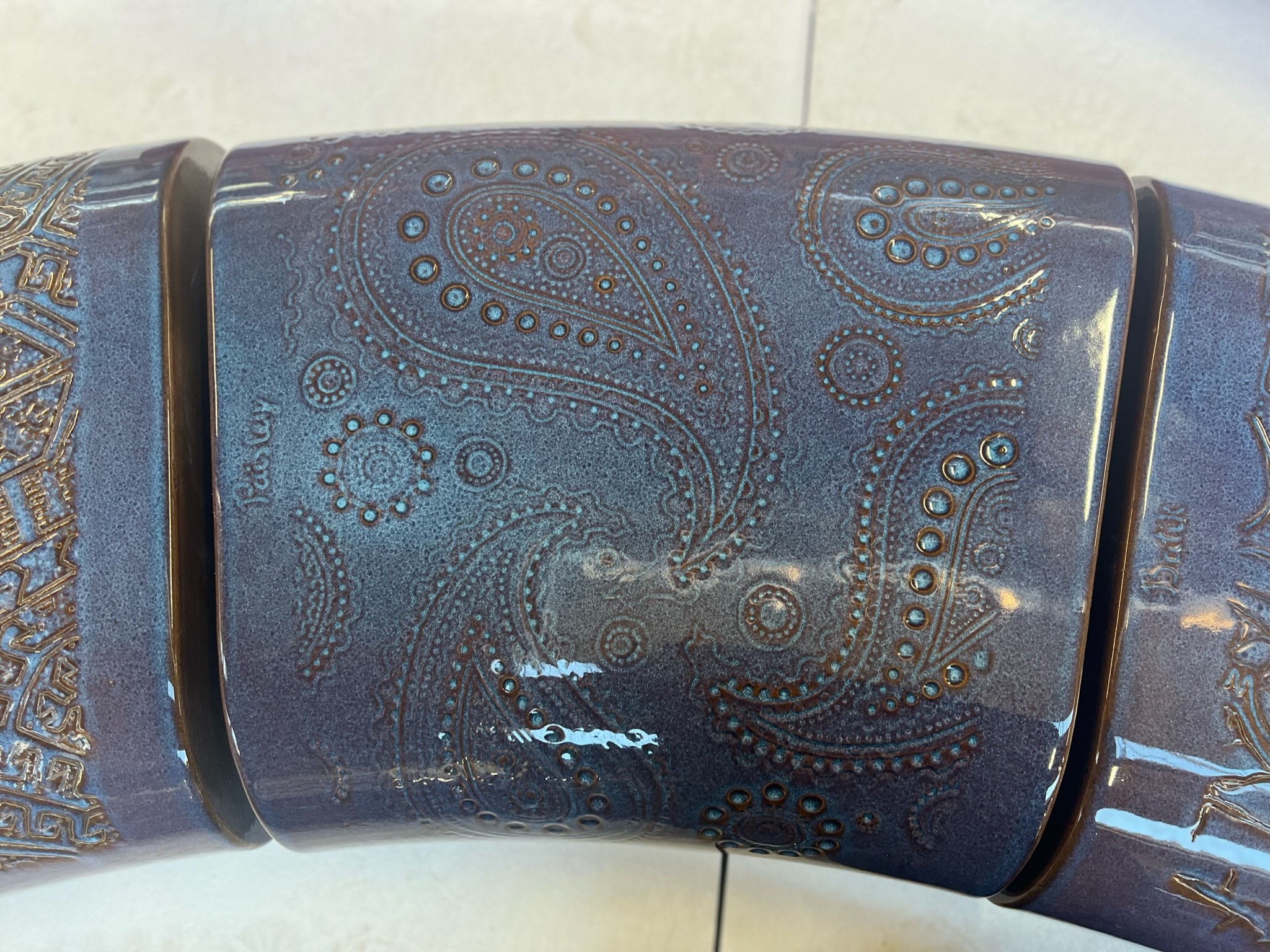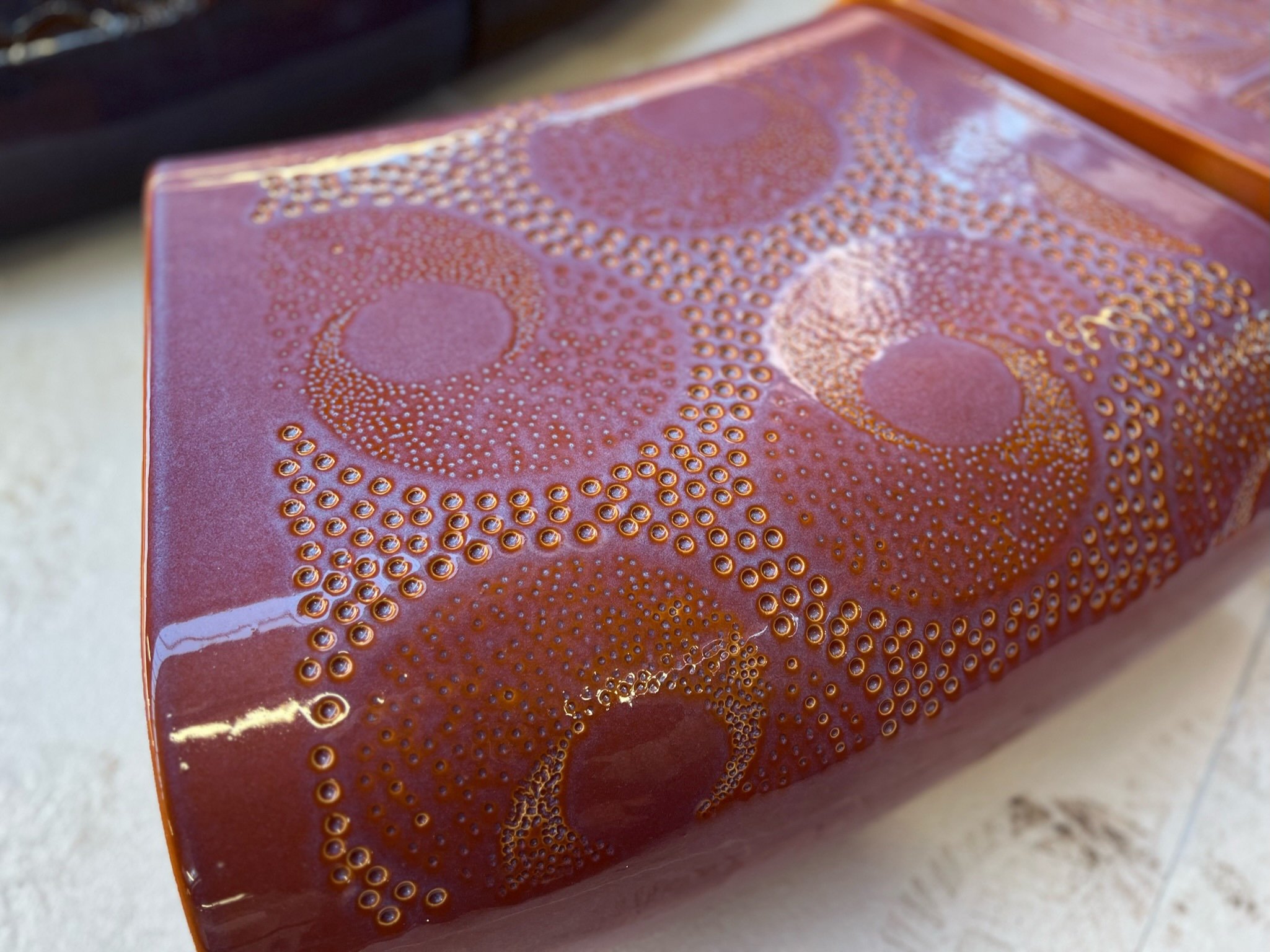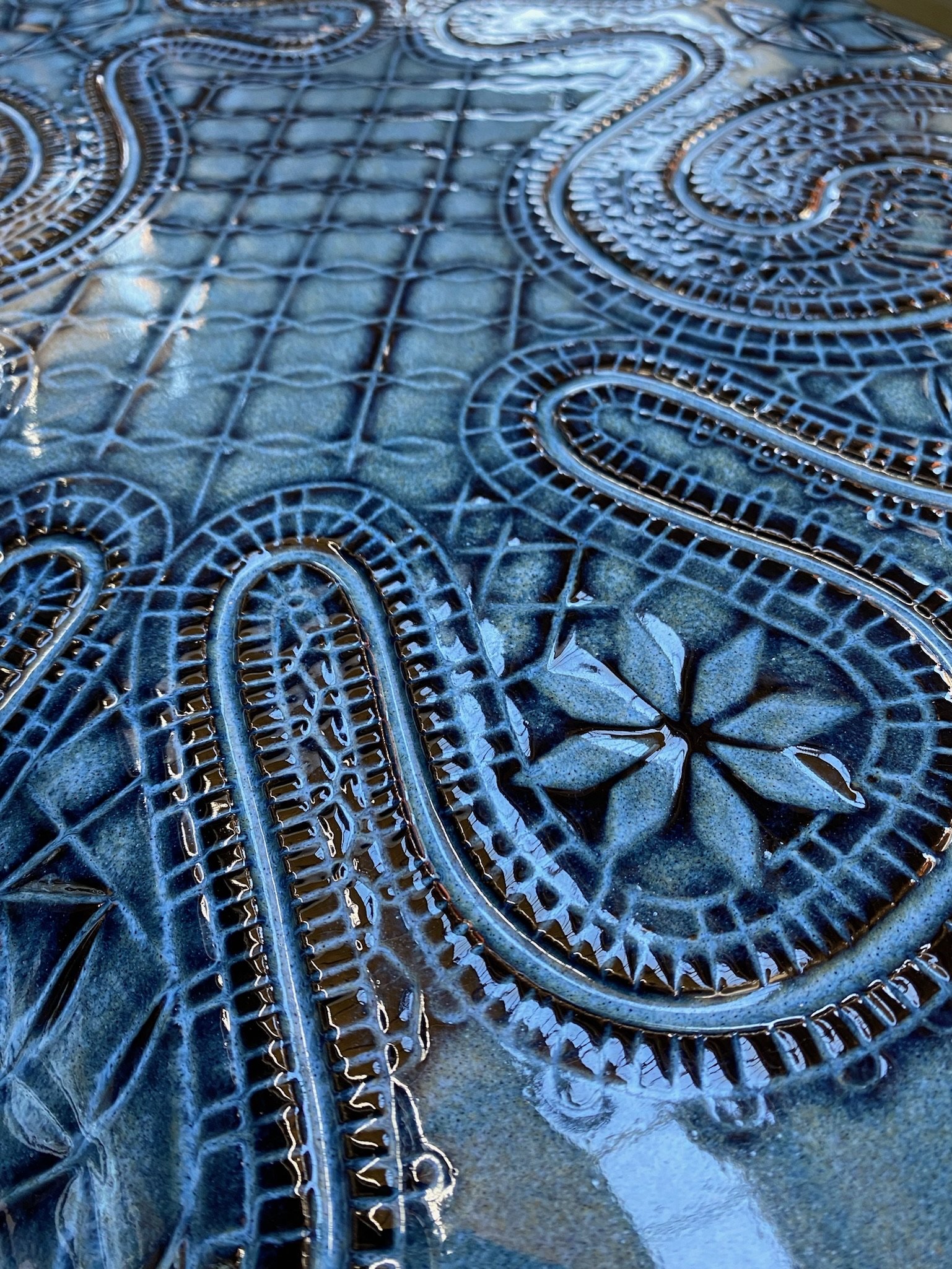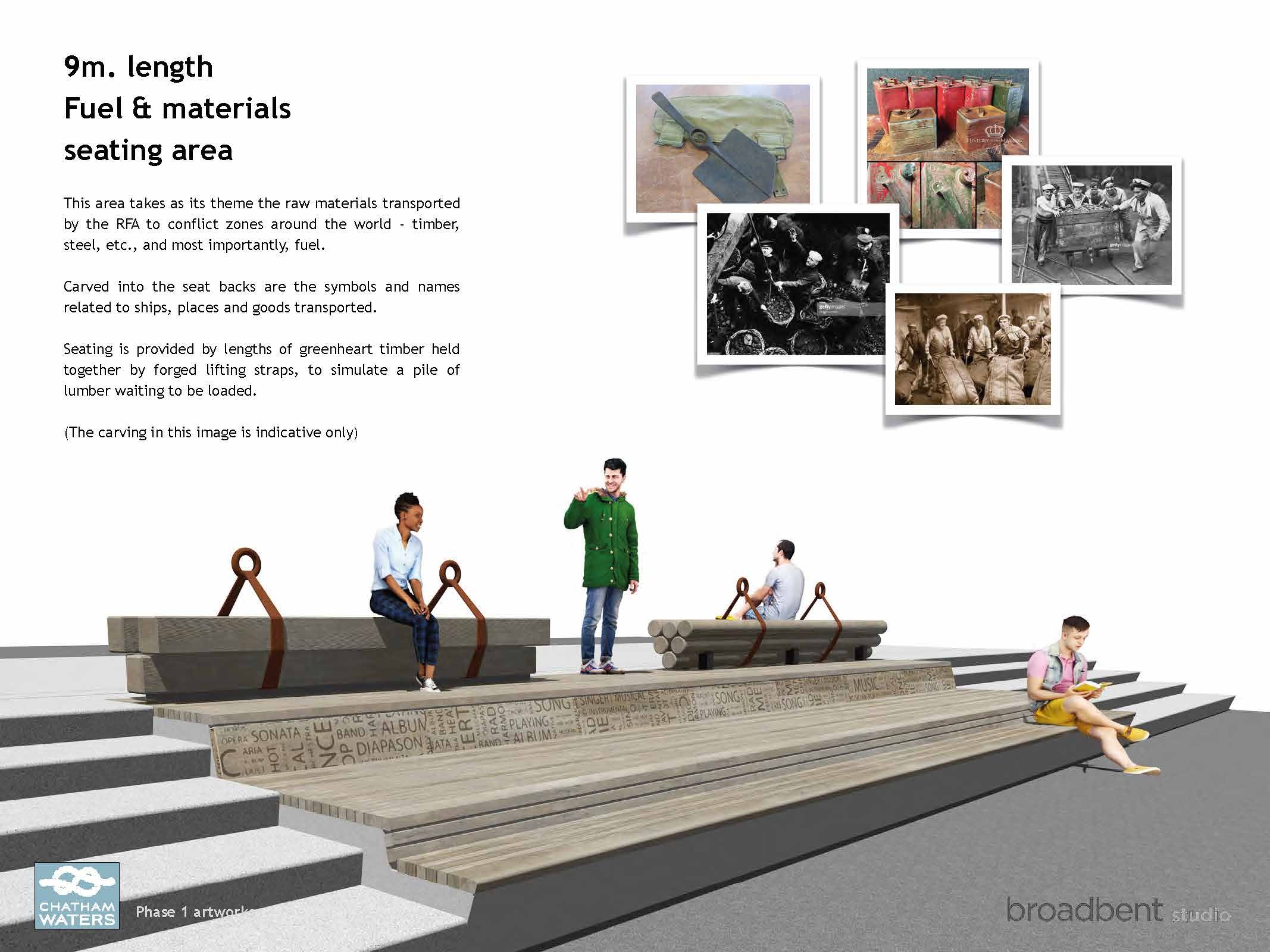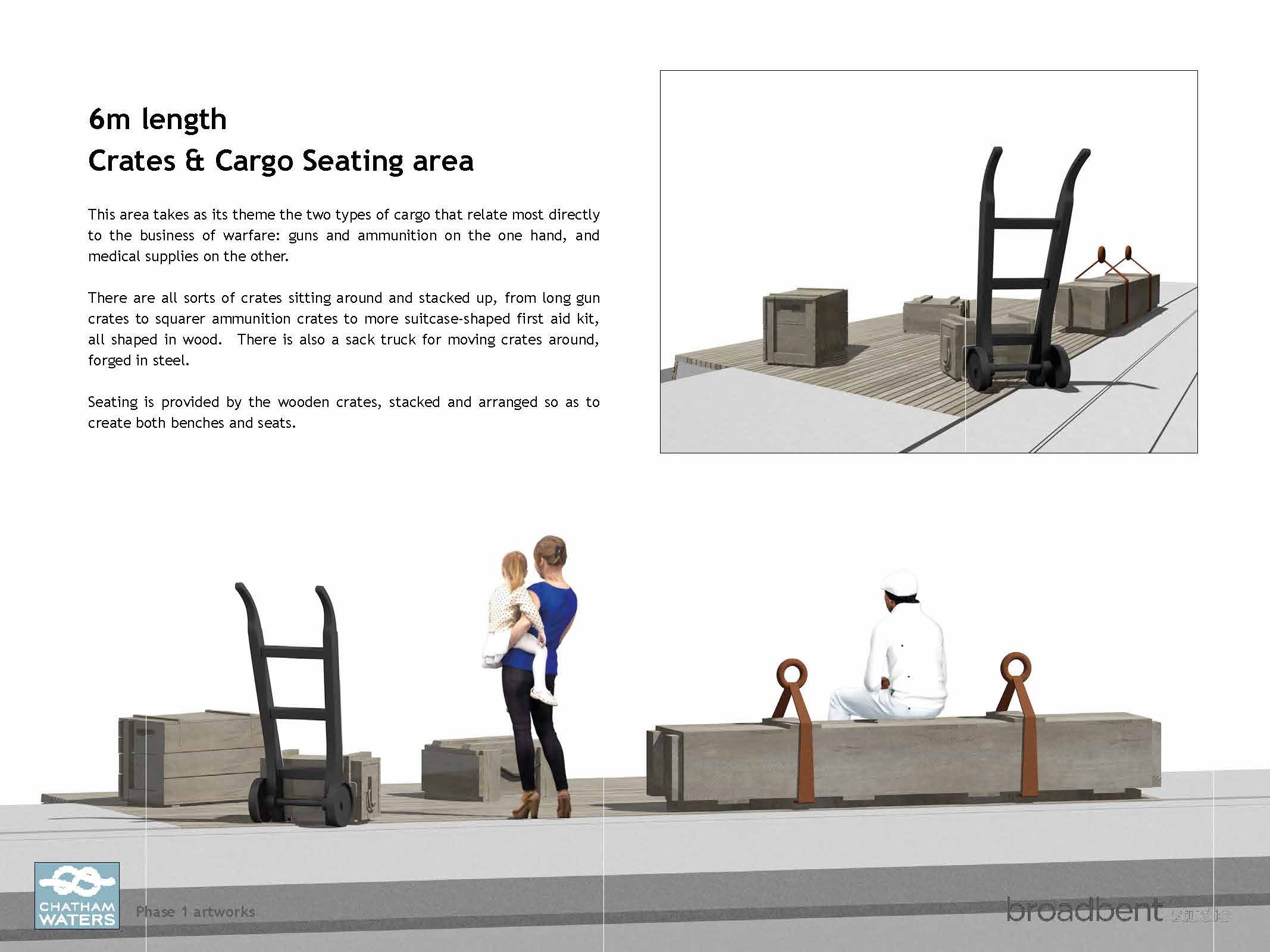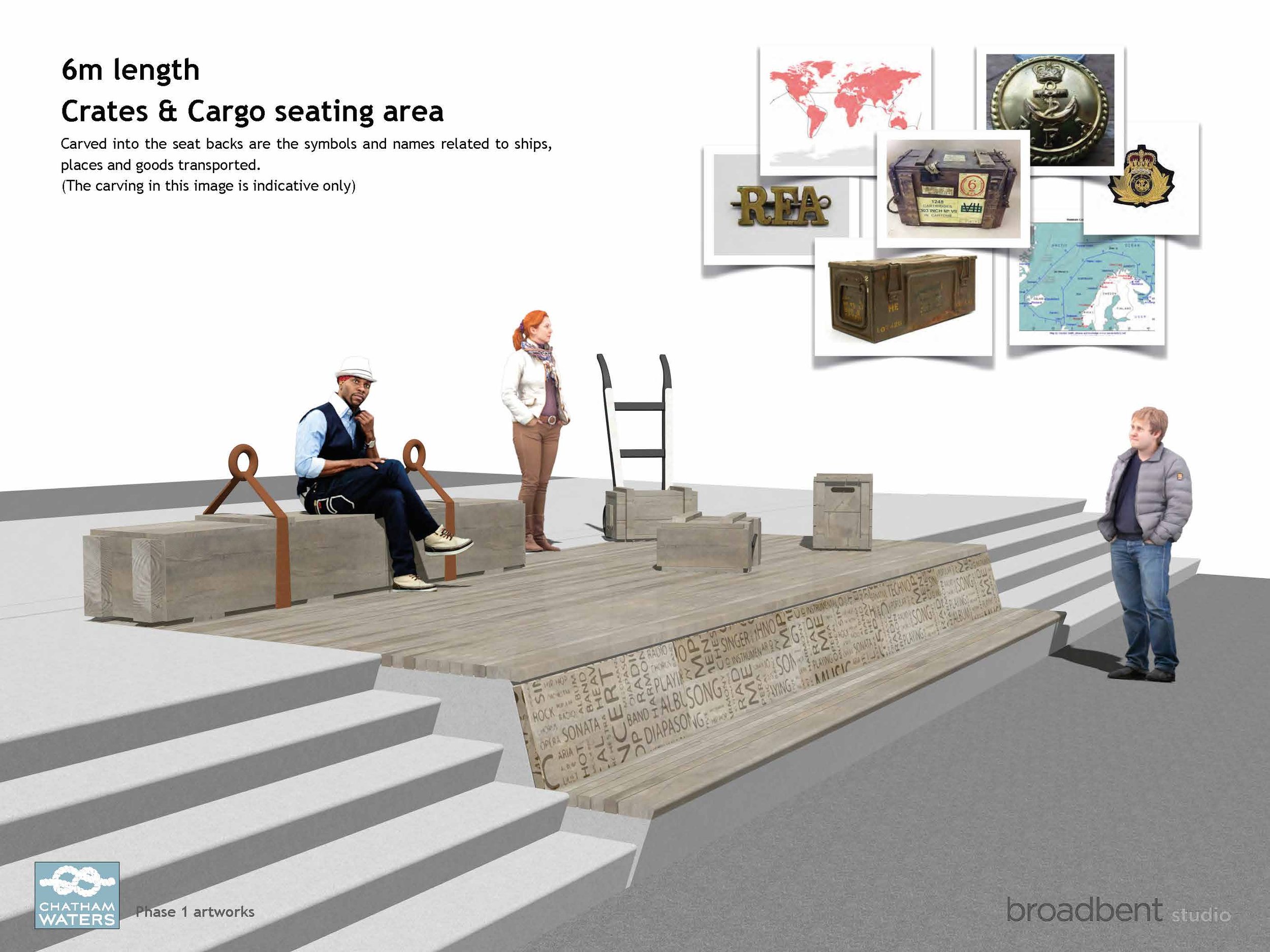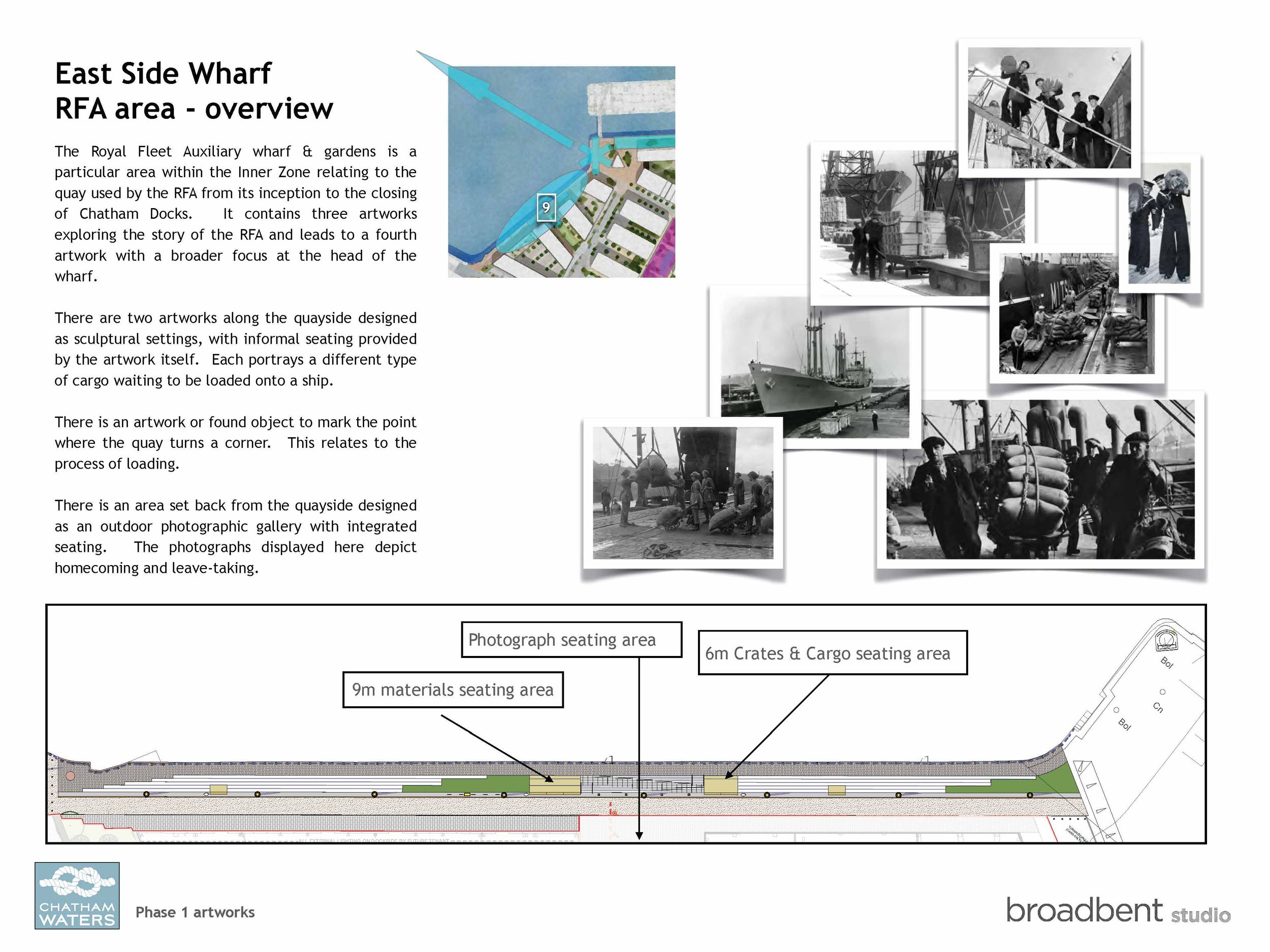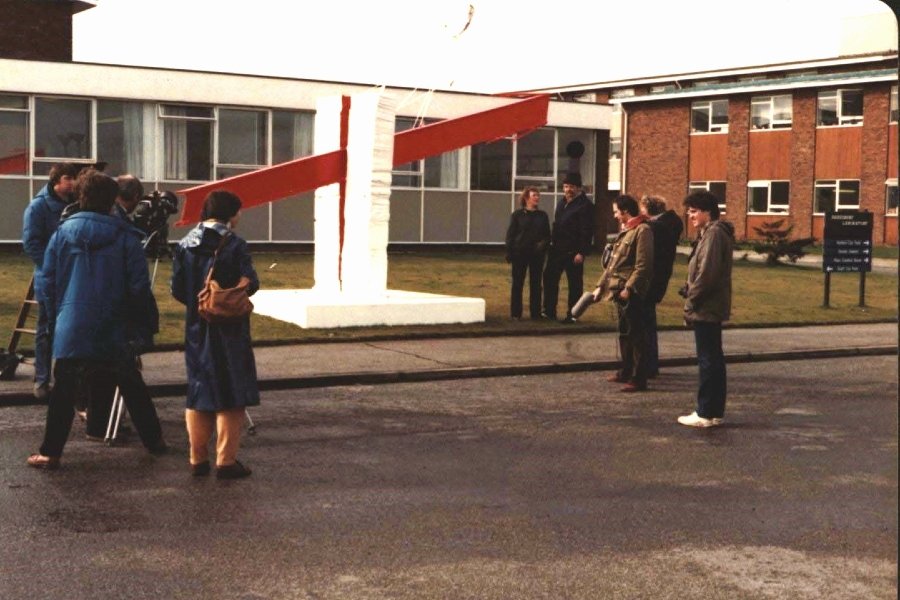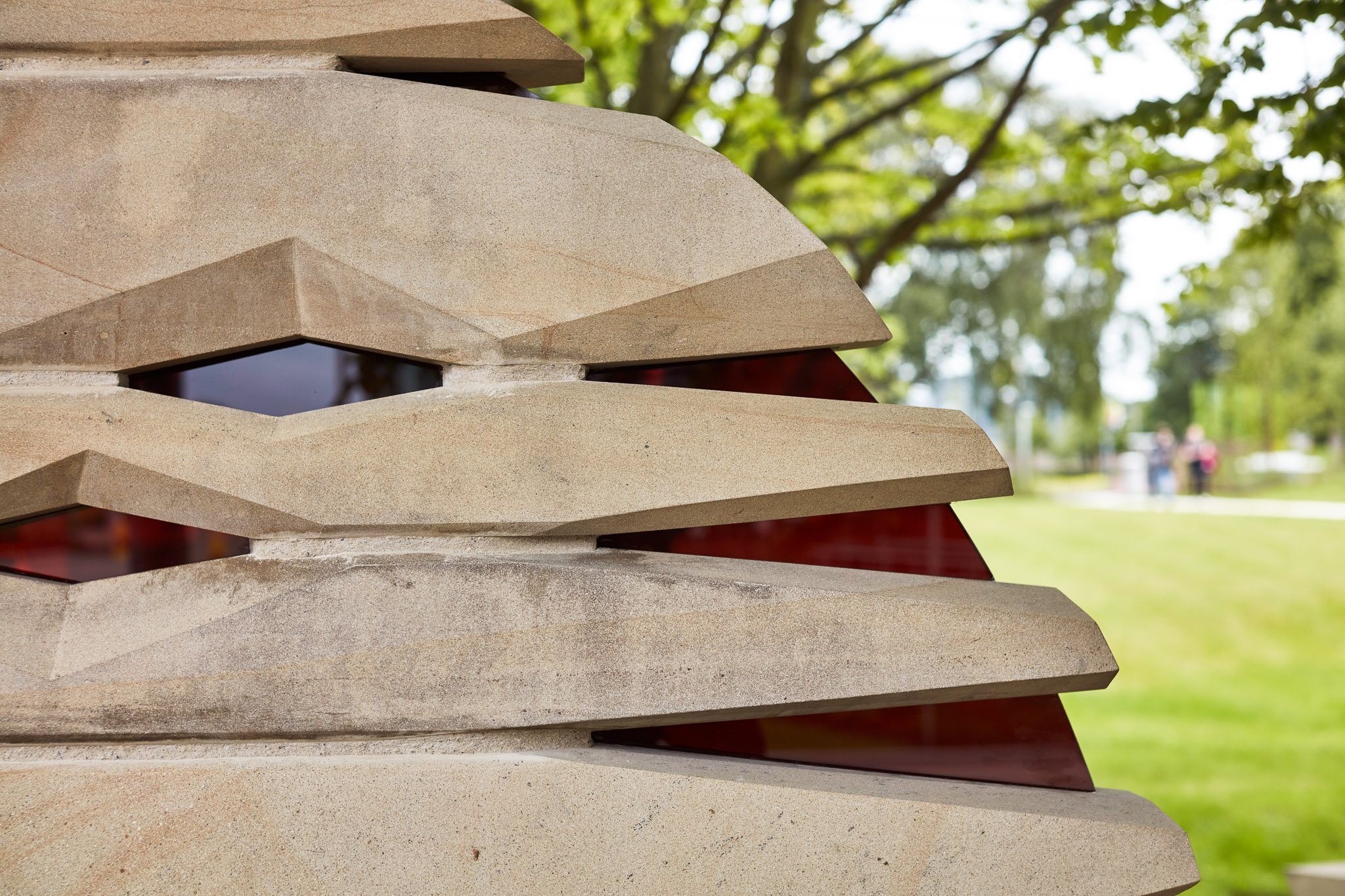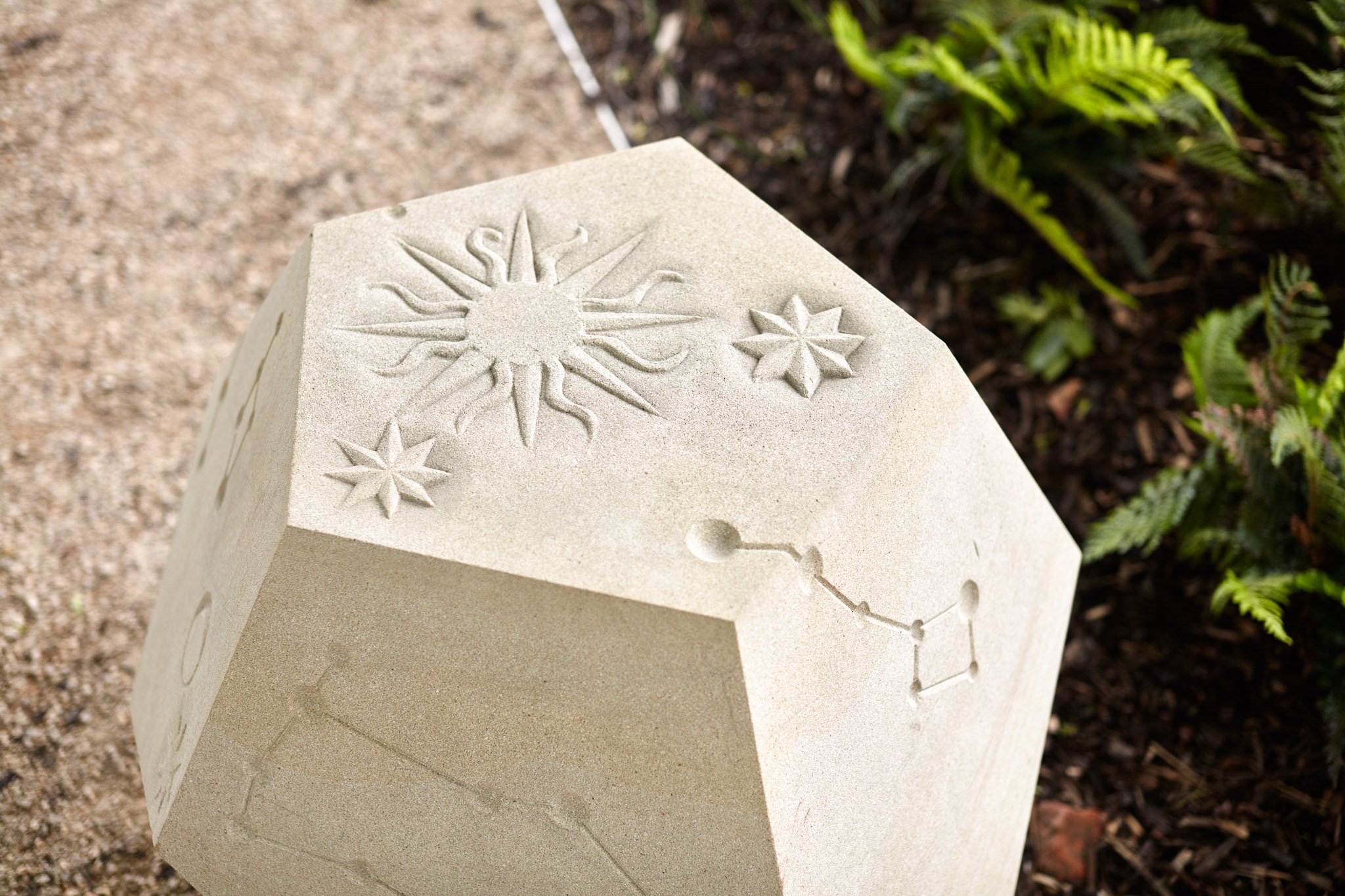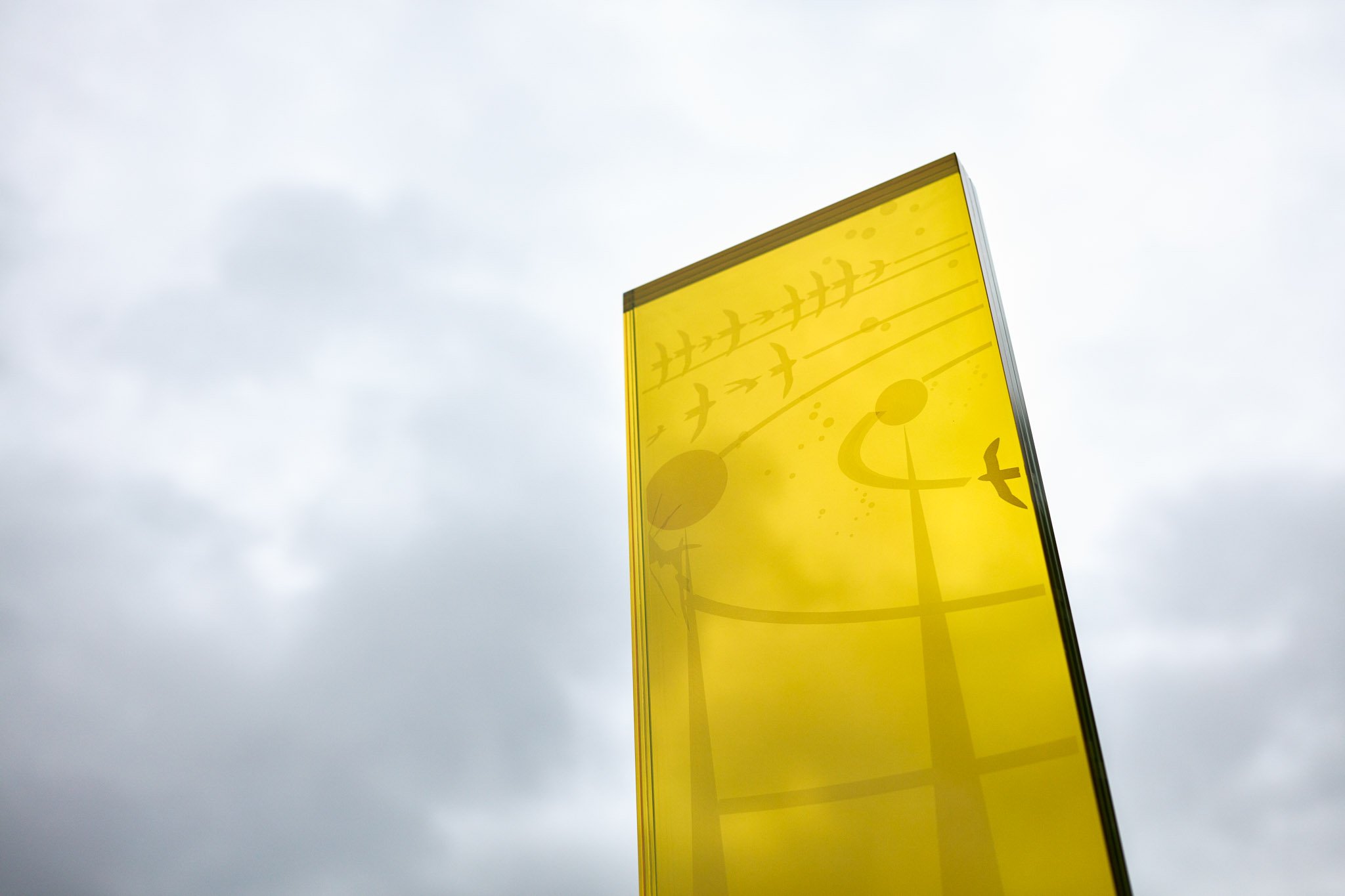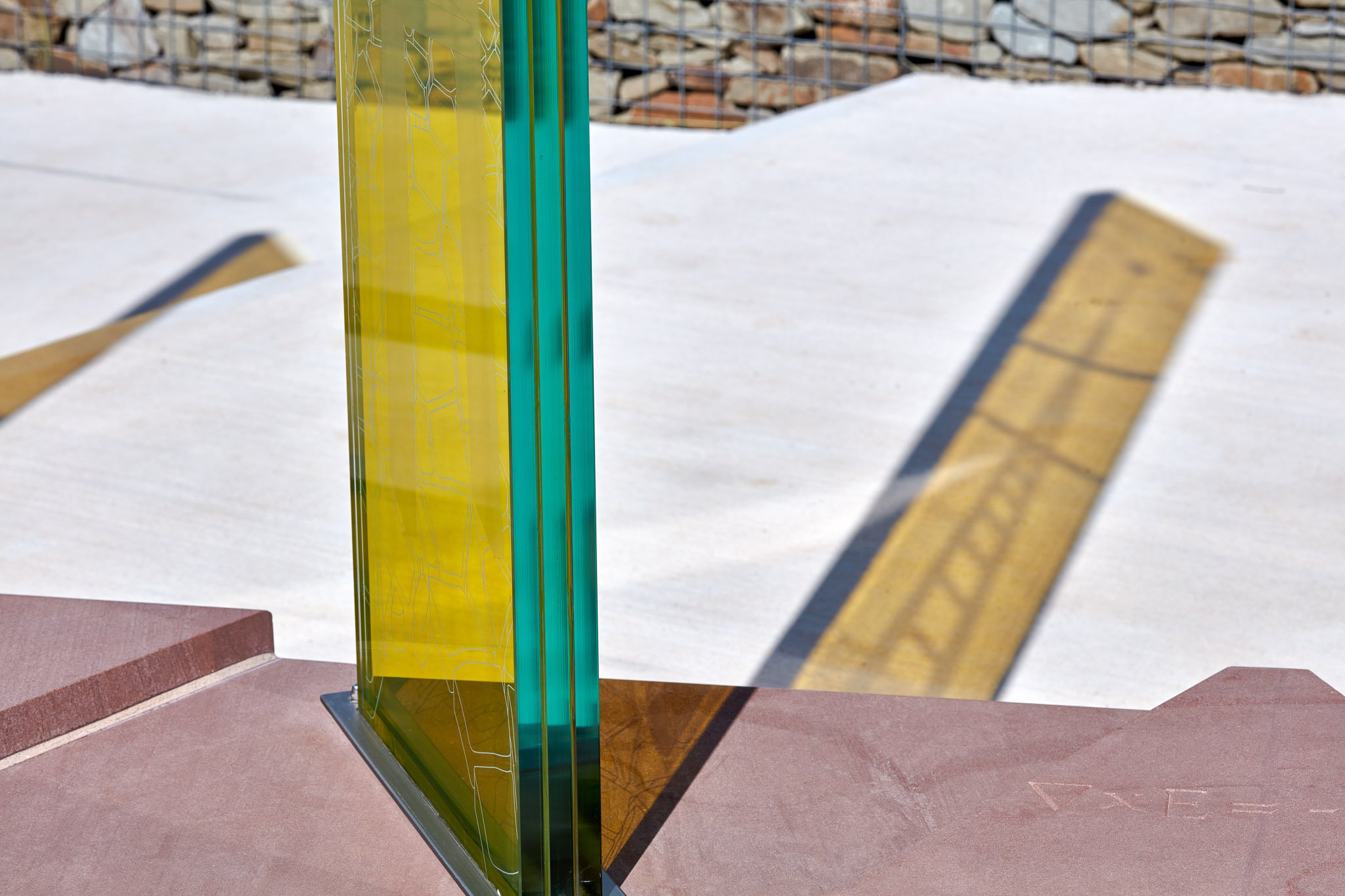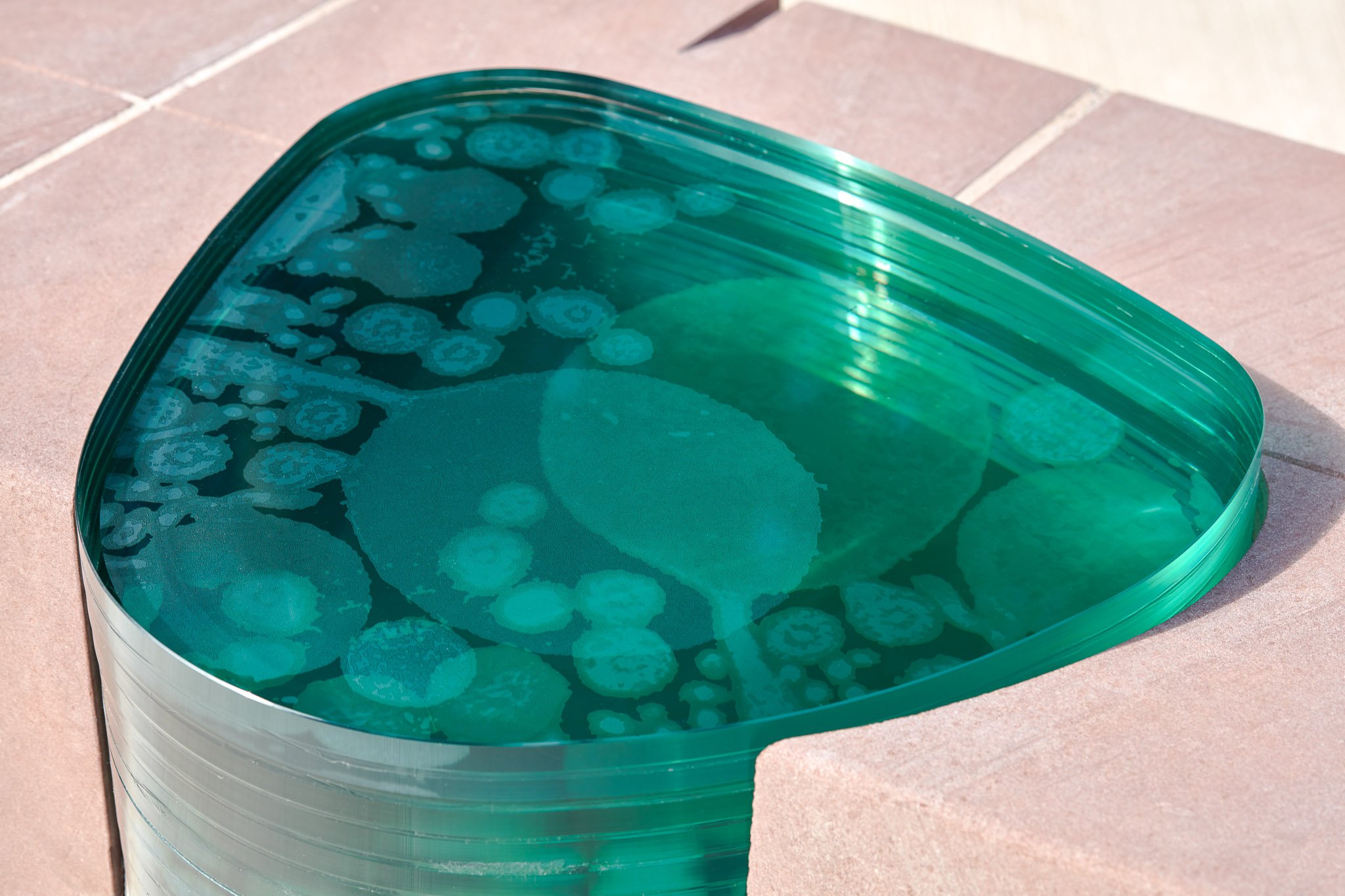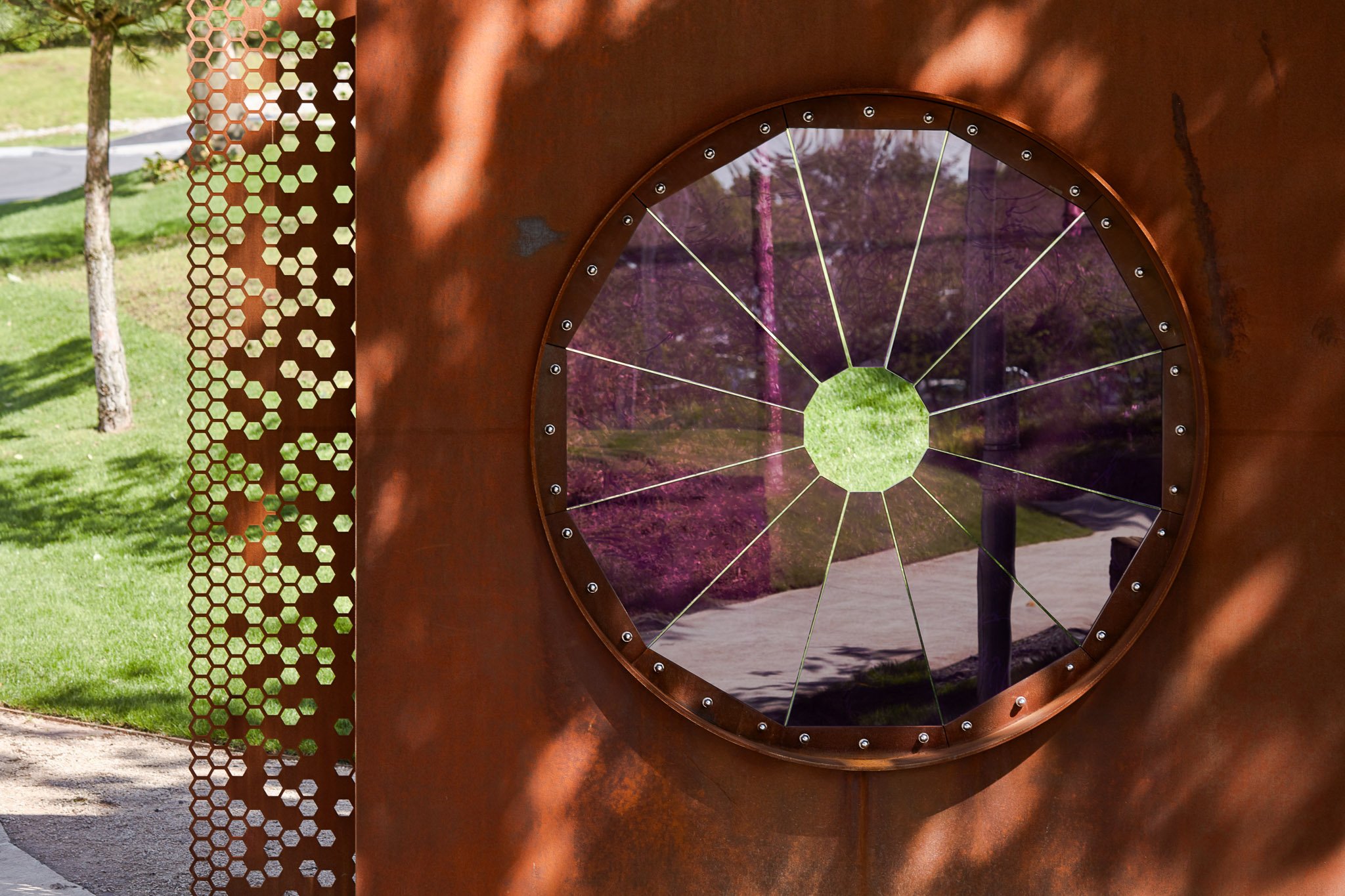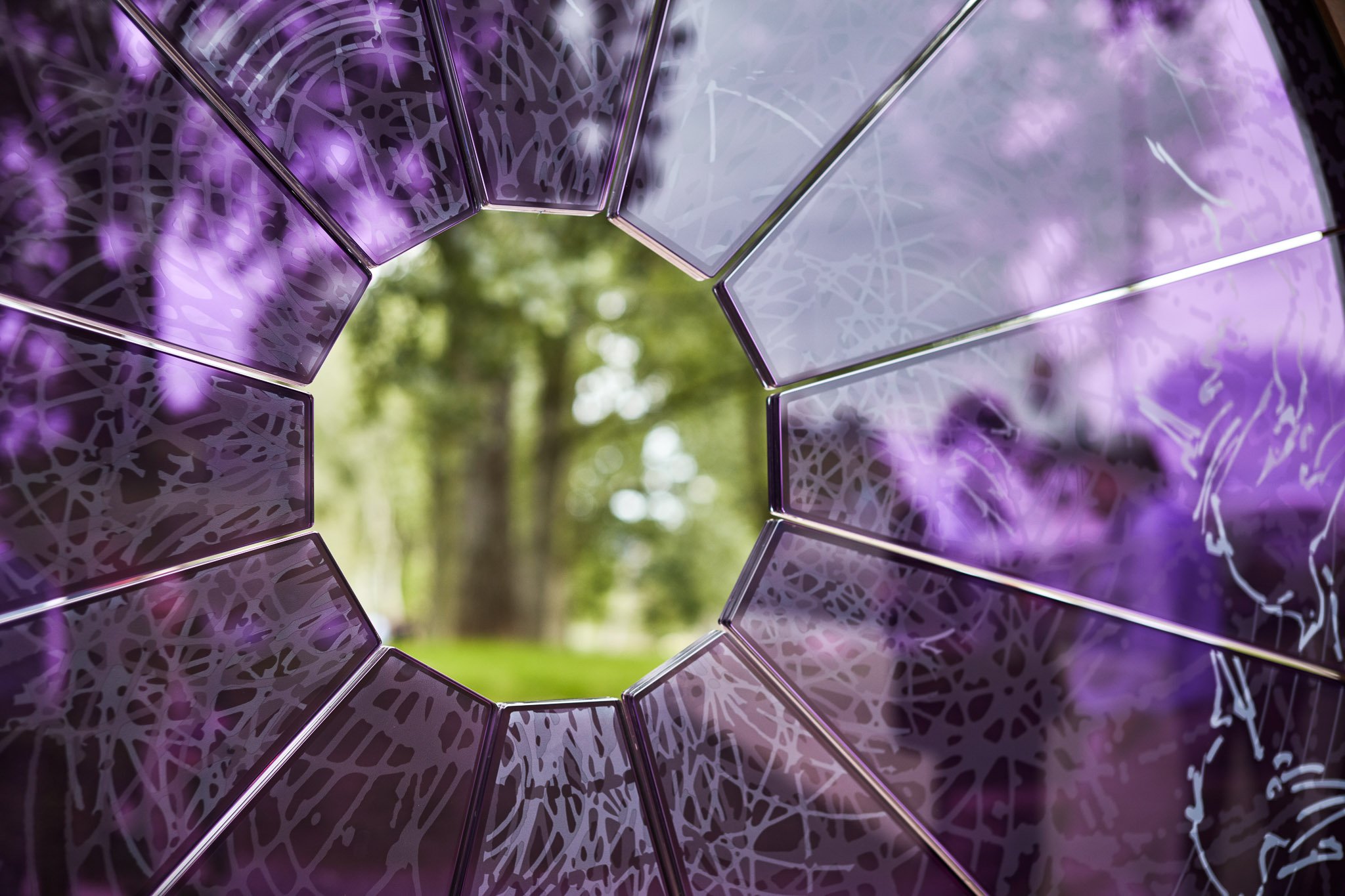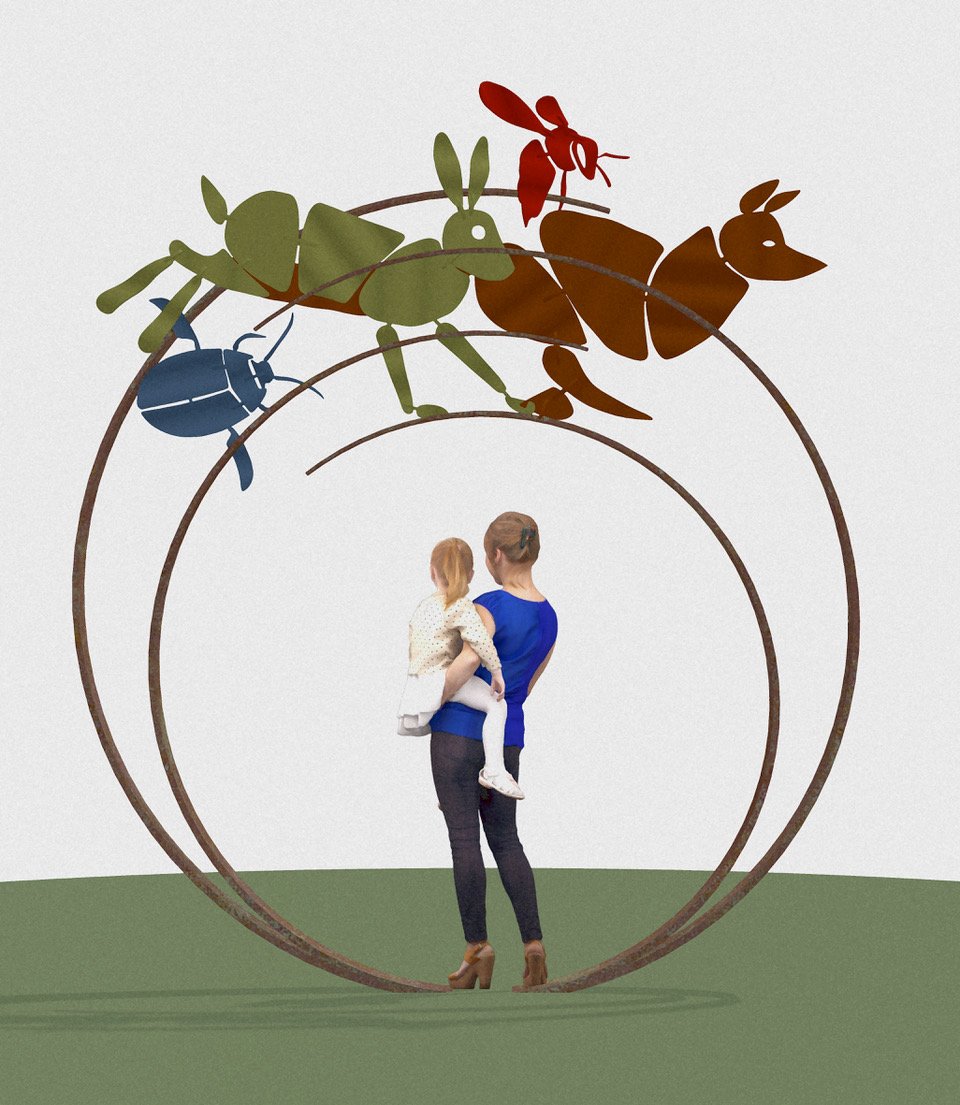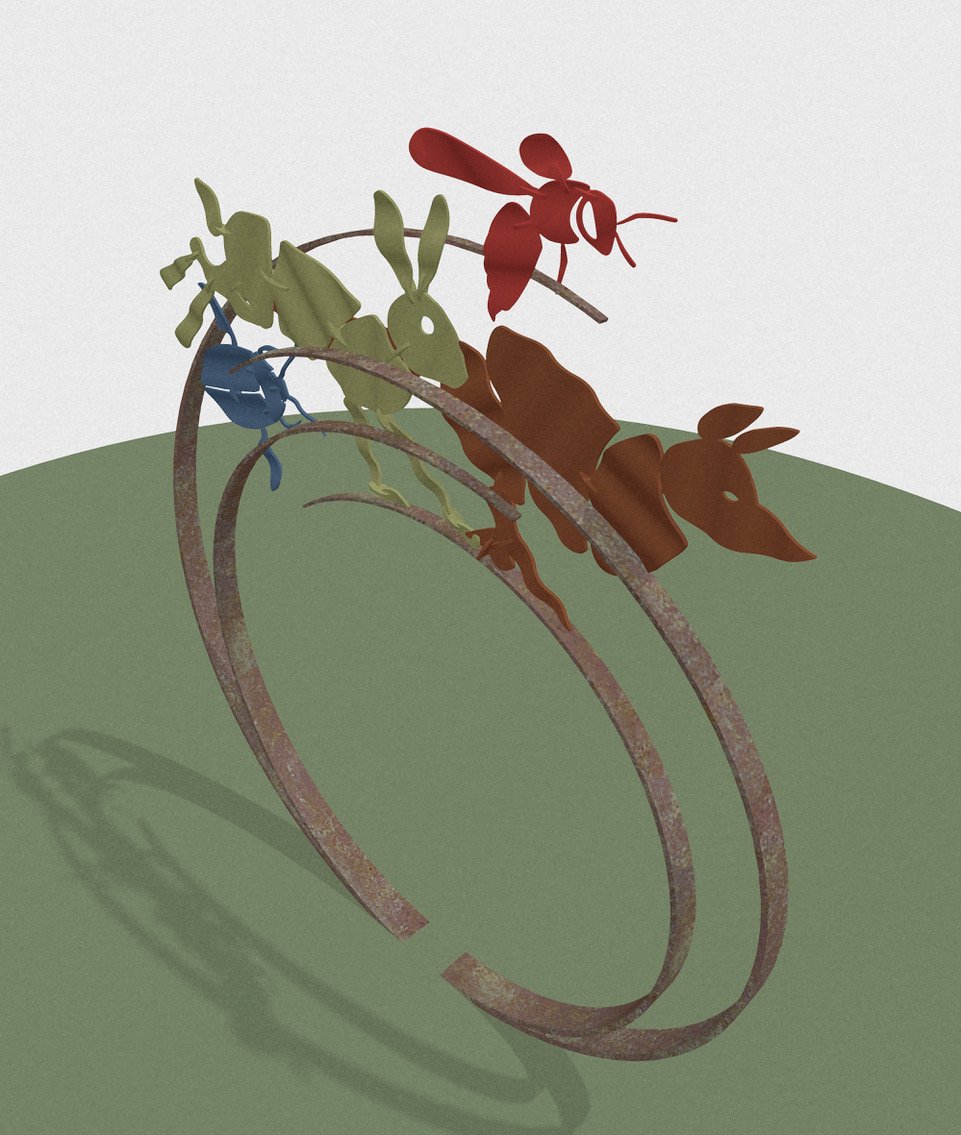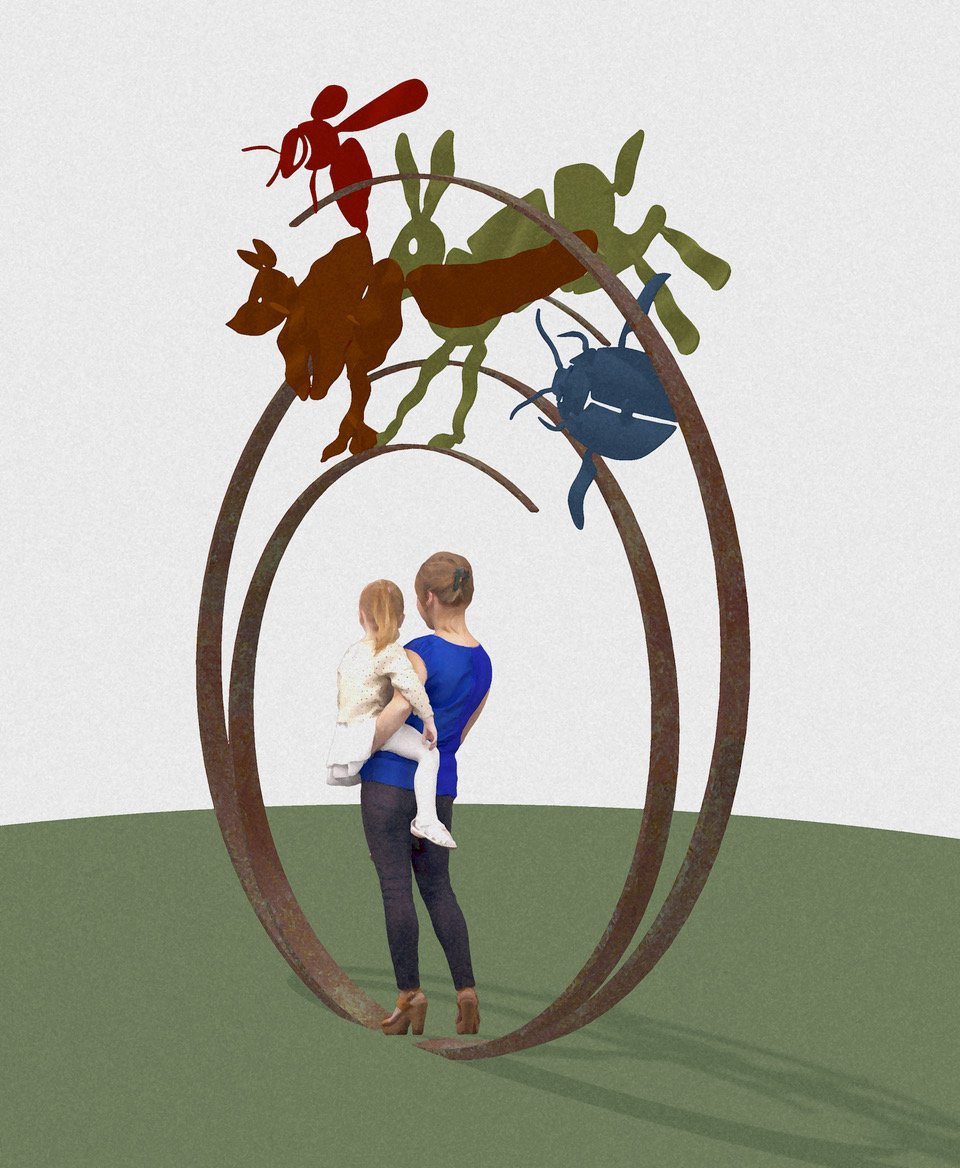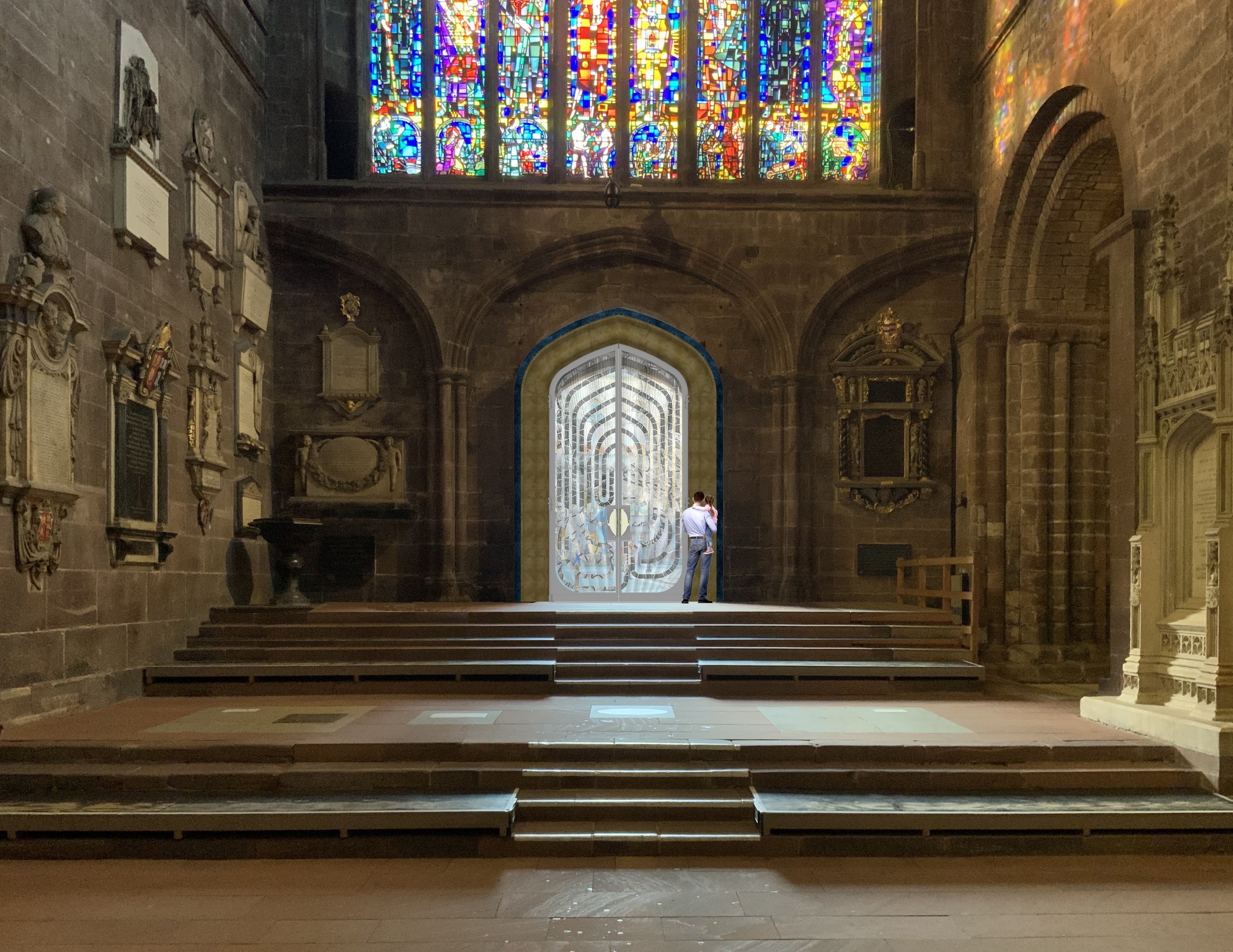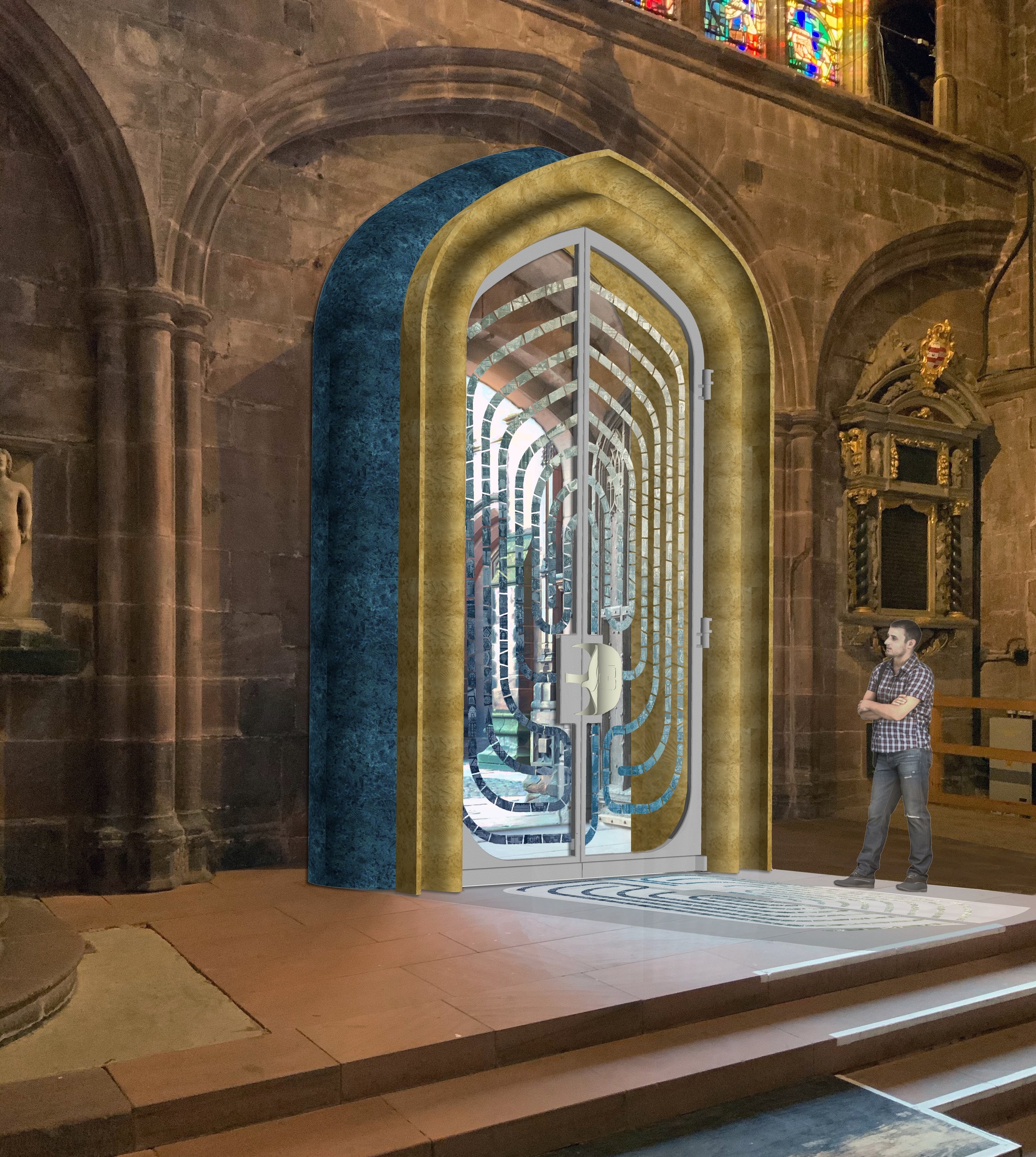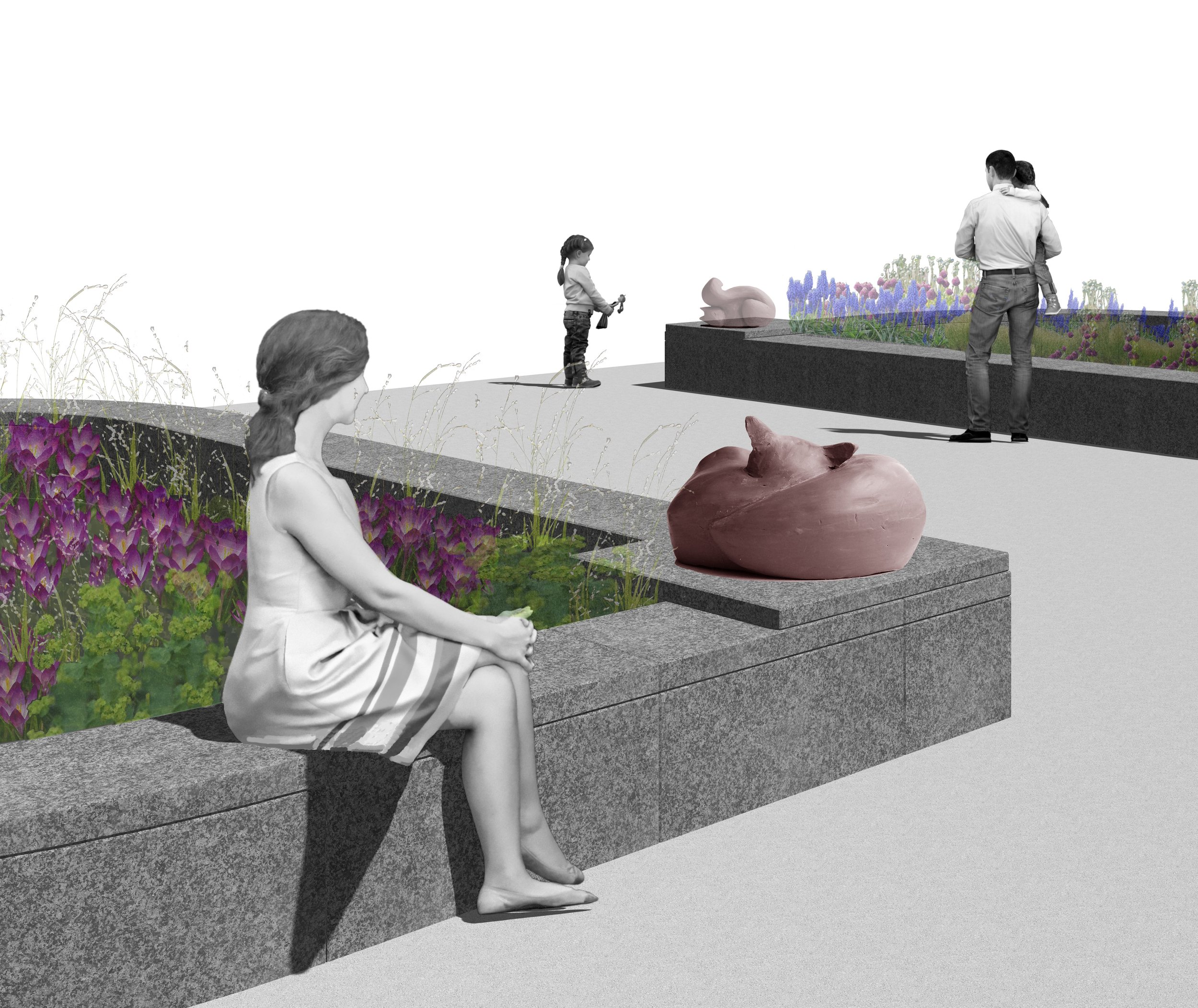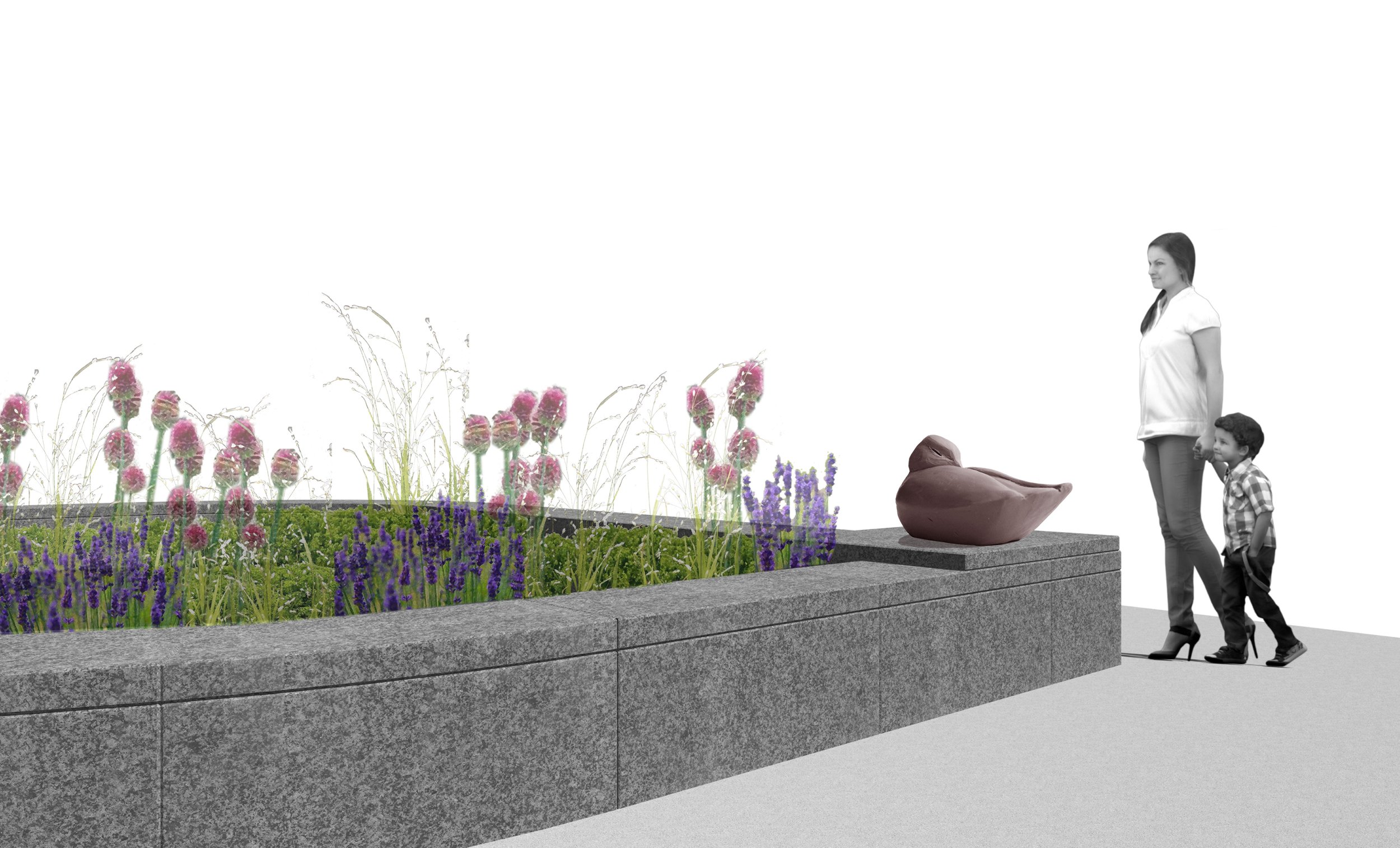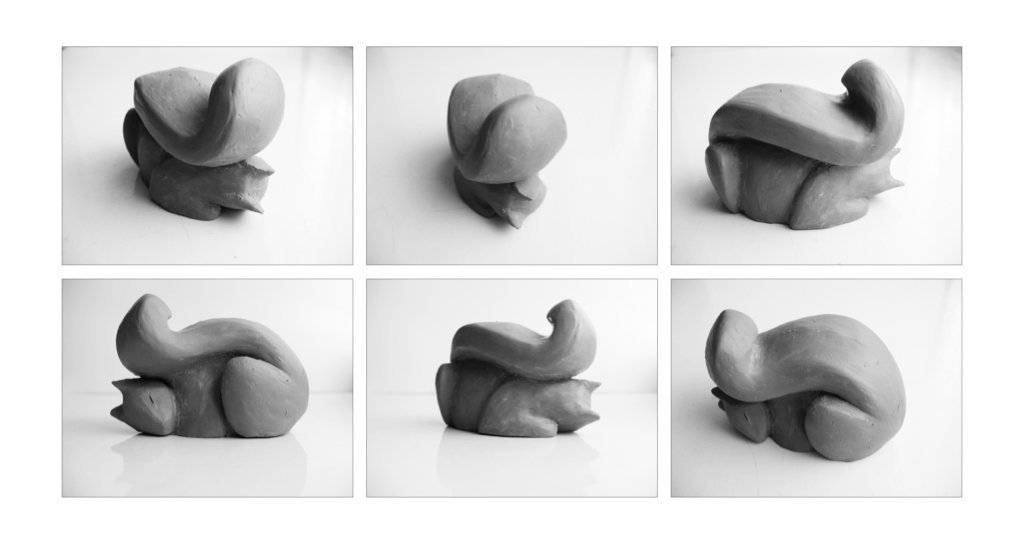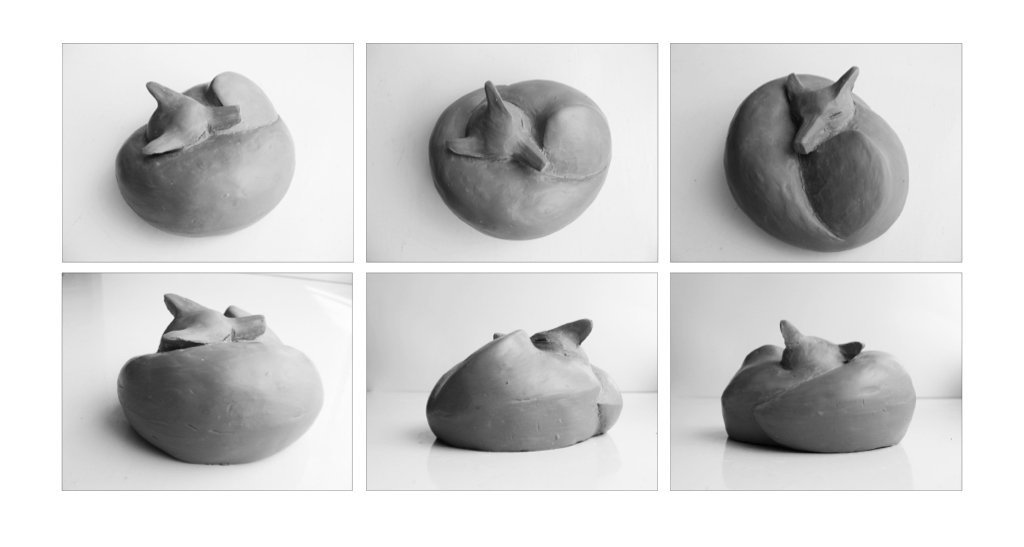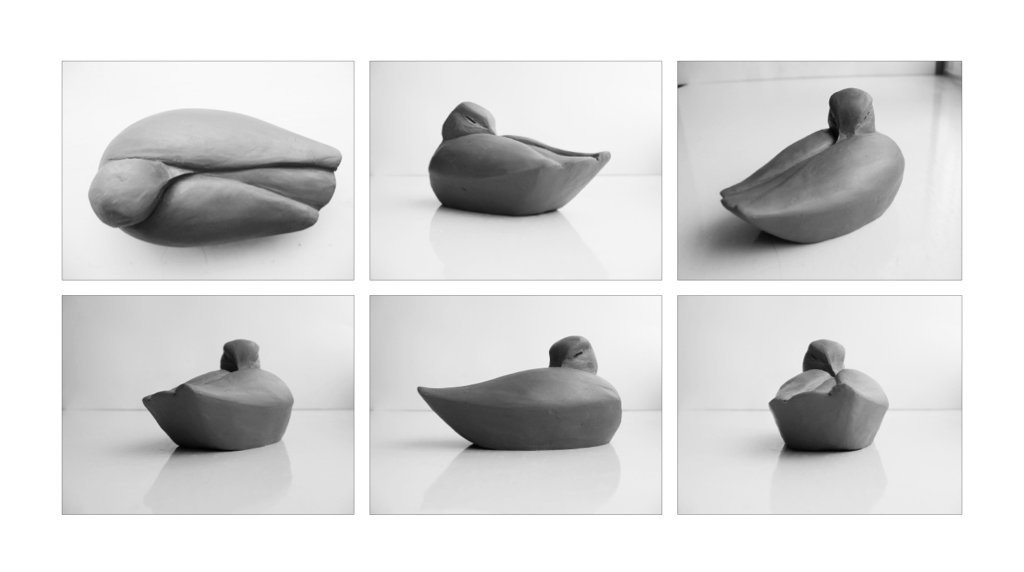Artist Statement
We are an art and design studio that has demonstrated the role art plays as part of the built environment, and how it works with the rest of its surroundings to create a sense of place, which is the challenge faced by City Fields, as this new community starts to inhabit this former industrial area.
This is nothing new, as throughout history, wherever people have chosen to build a settlement, they have also crafted something of their own lives, their story or aspiration - a narrative perhaps fashioned in stone, metal and glass or acted out in the market or harbour place.
We always feel privileged to be invited into places built over generations, to help rediscover or re-invent something of their collective story. The City Fields story may feel it is just starting but of course it builds on an older narrative, that reveals the patterns and routines of people’s lives and presents a unique natural environment built by it.
Following initial research we have seen something that particularly stands out in our minds and prompts us to explore further. This is how the ecology of the area has adapted to this industrial landscape, inhabiting man-made green corridors such as the railway and canal, and the watercourses created by collapsed mines.
We are particularly intrigued by the concept of green corridors, and would be keen to explore how this could be expressed visually.
Green corridors are a meeting point for diverse groups of flora and fauna, whether they are corridor dwellers or passage users. They are vital refuges for biodiversity in the urban landscape and also important spaces for our own recreation and wellbeing, including our education in ecology.



























































